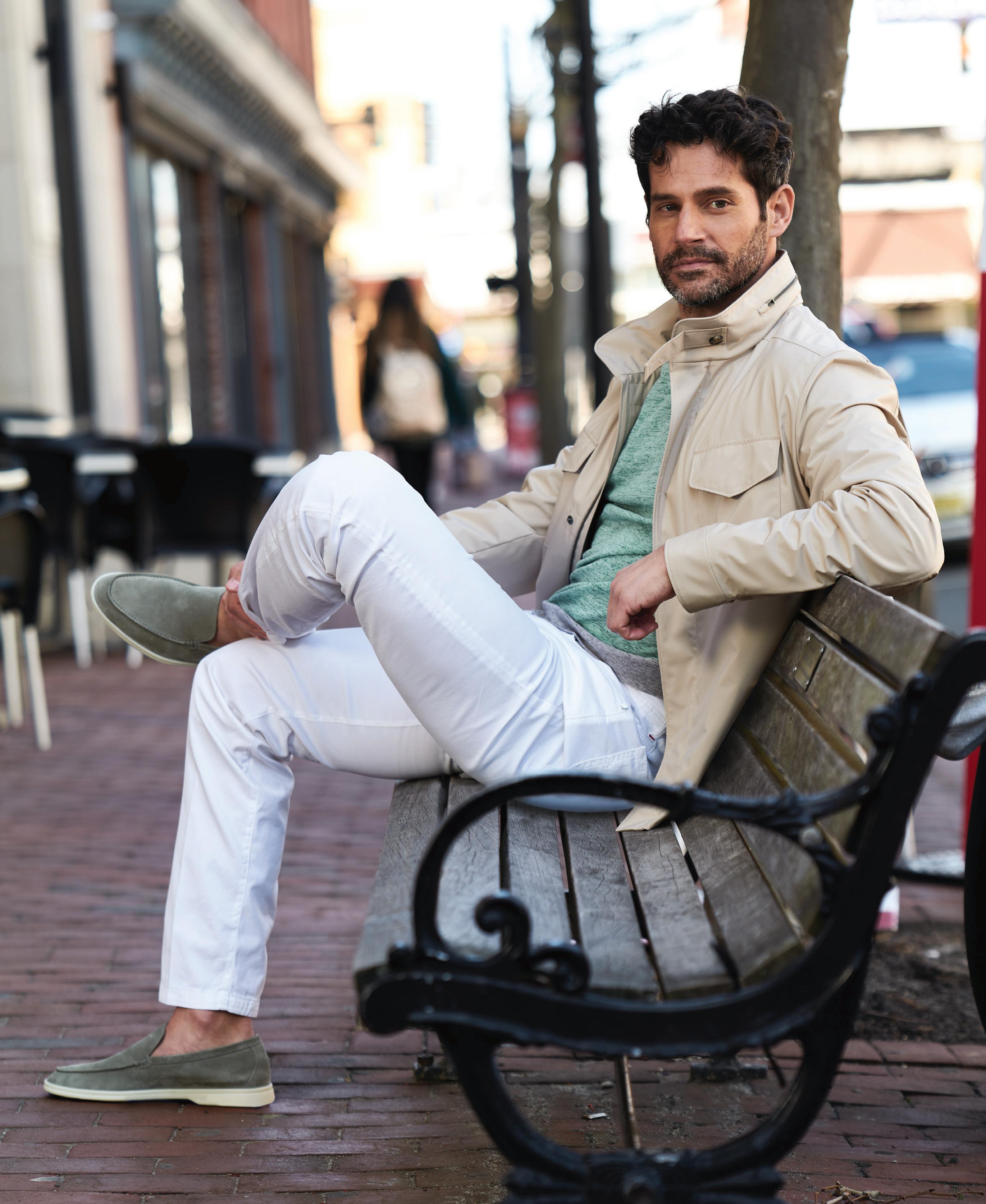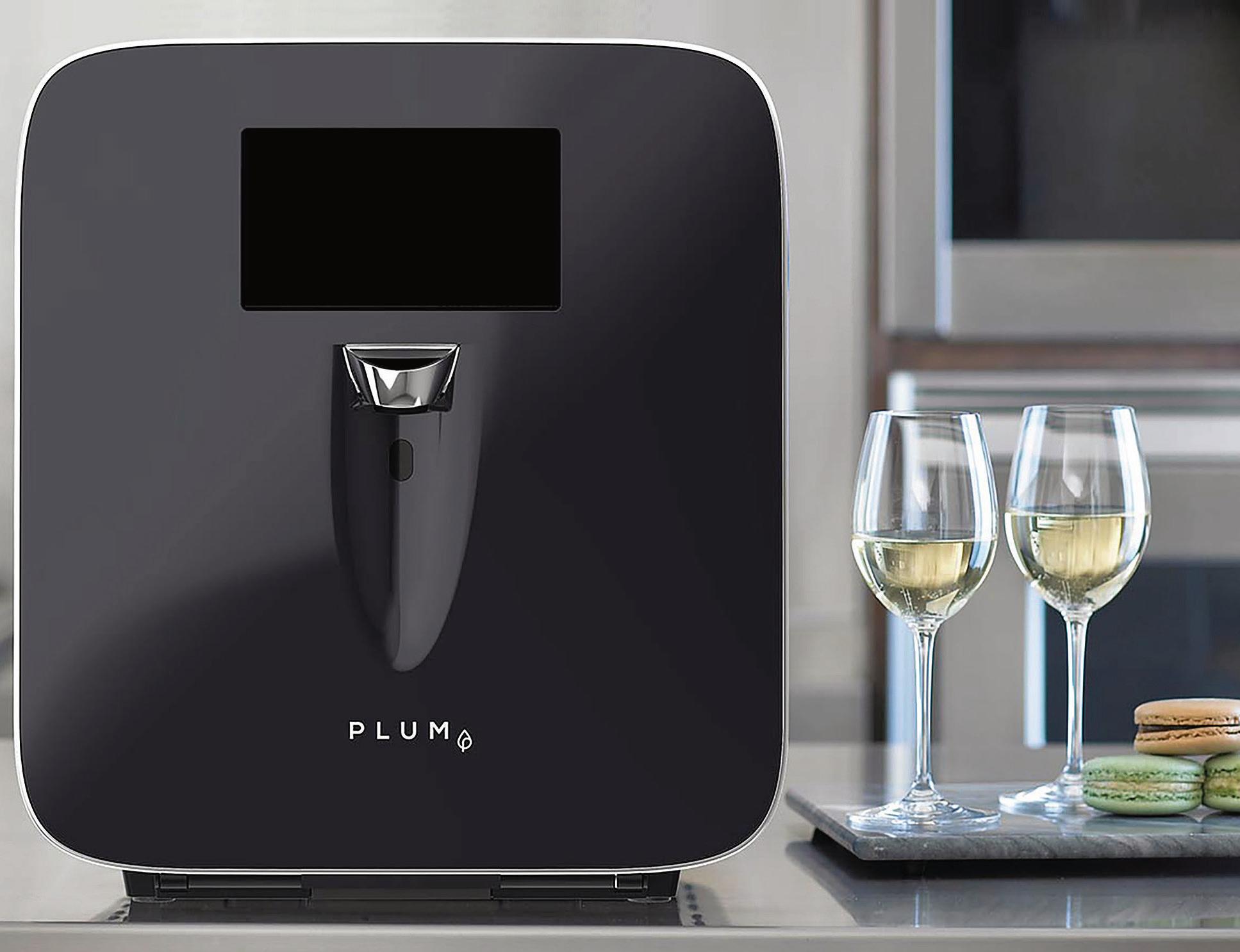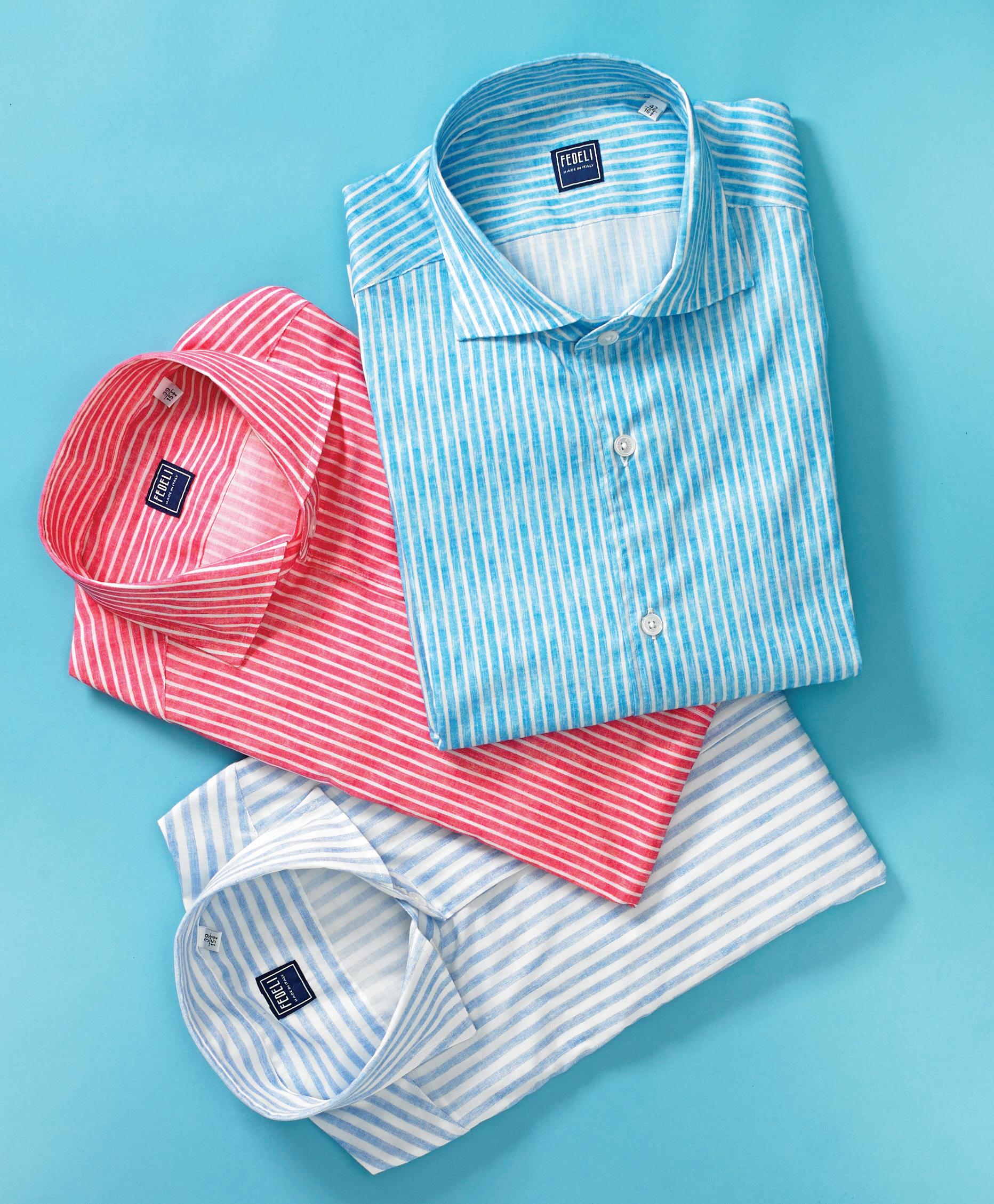
27 minute read
for men
COLOR ME COOL
Bright hues and playful patterns will add personality—and style— to your warm-weather wardrobe.
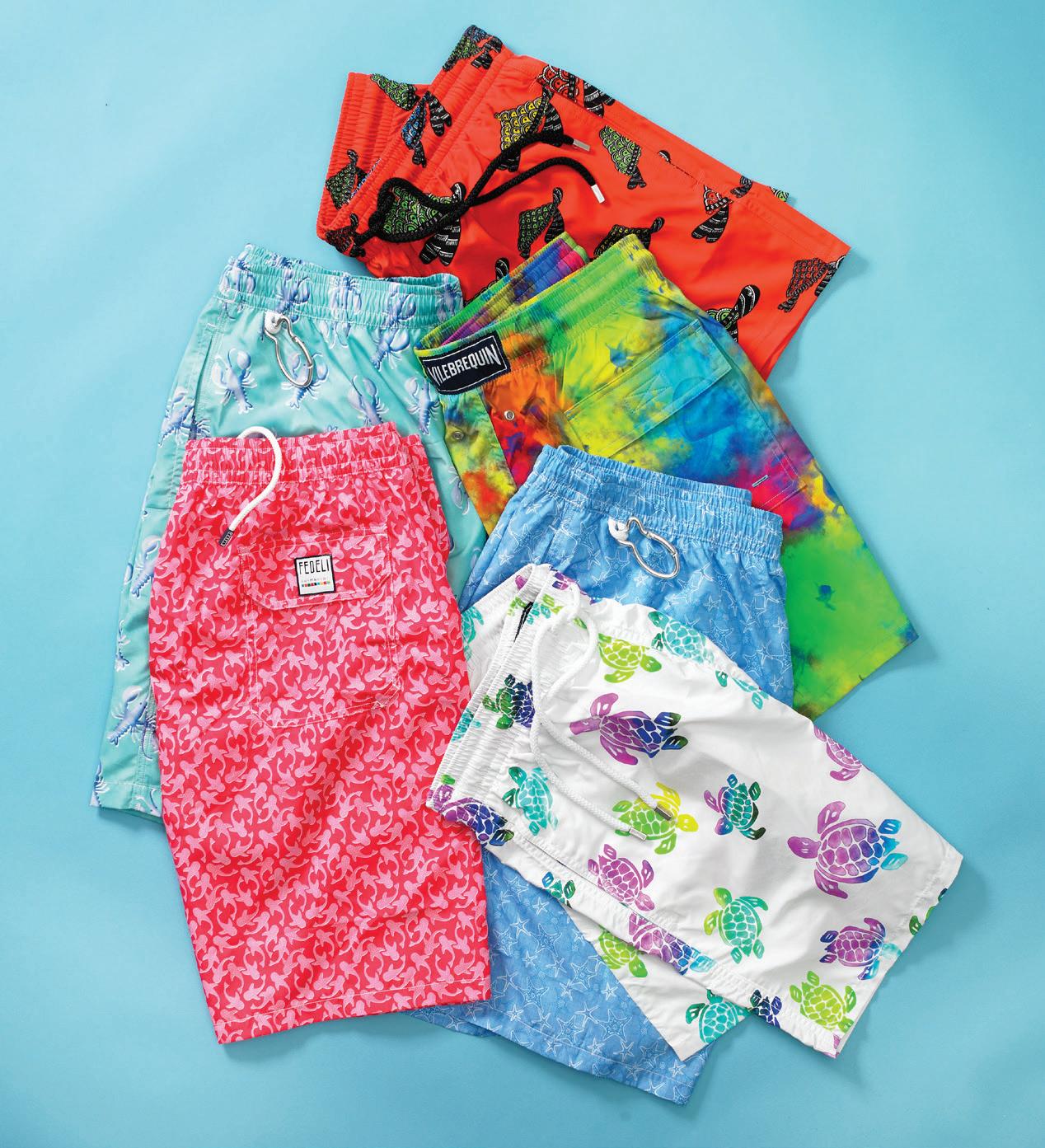
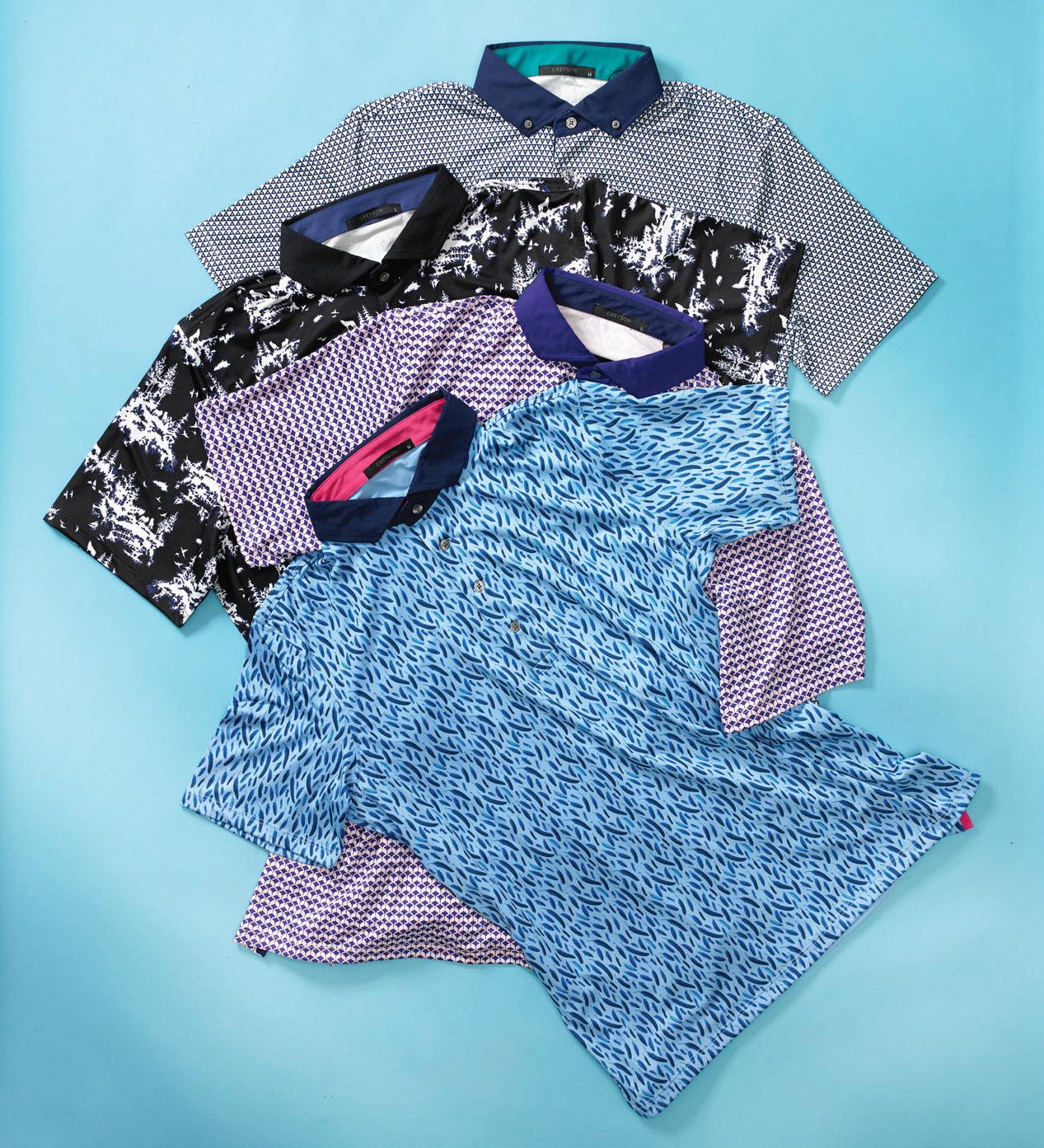
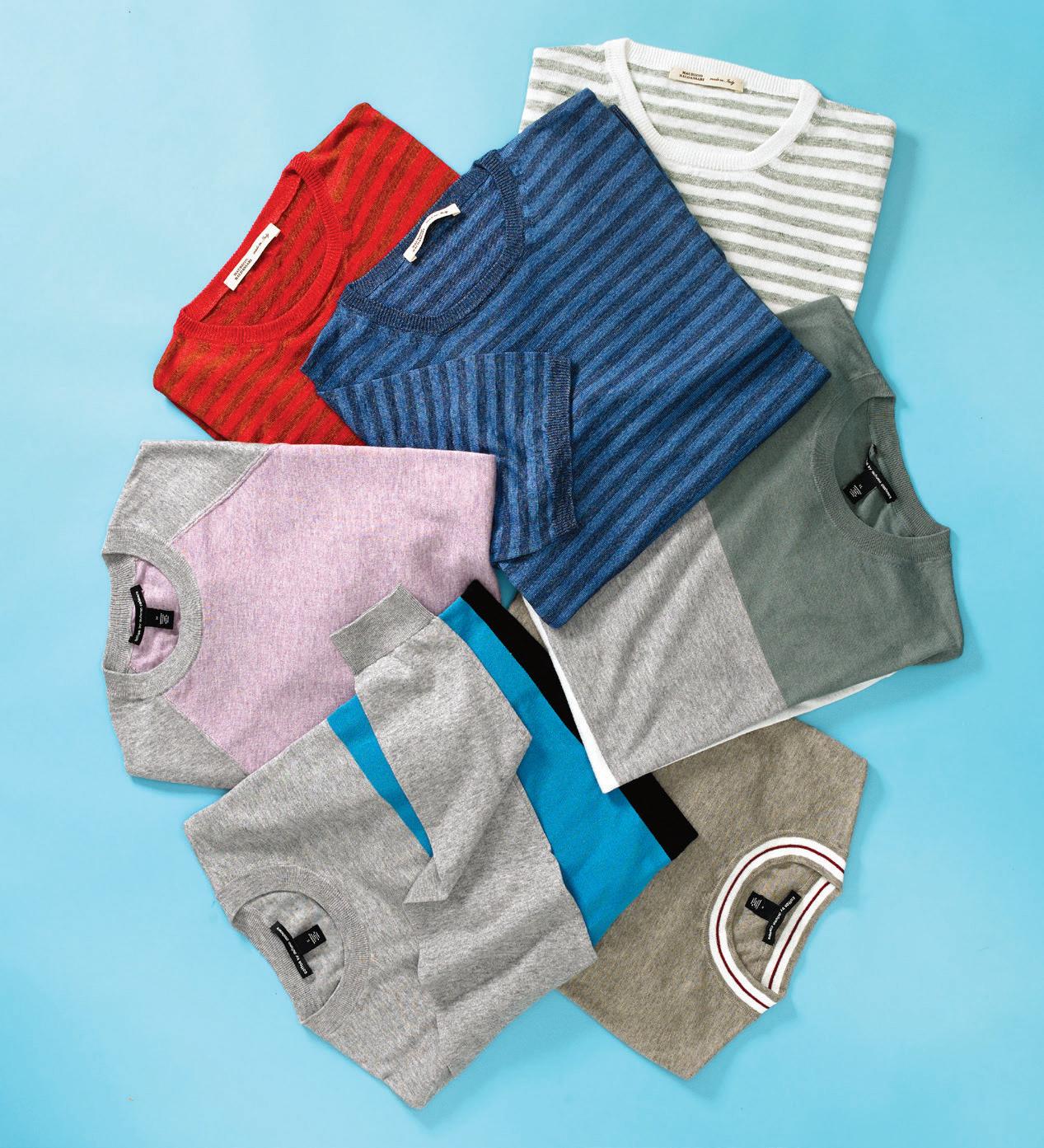
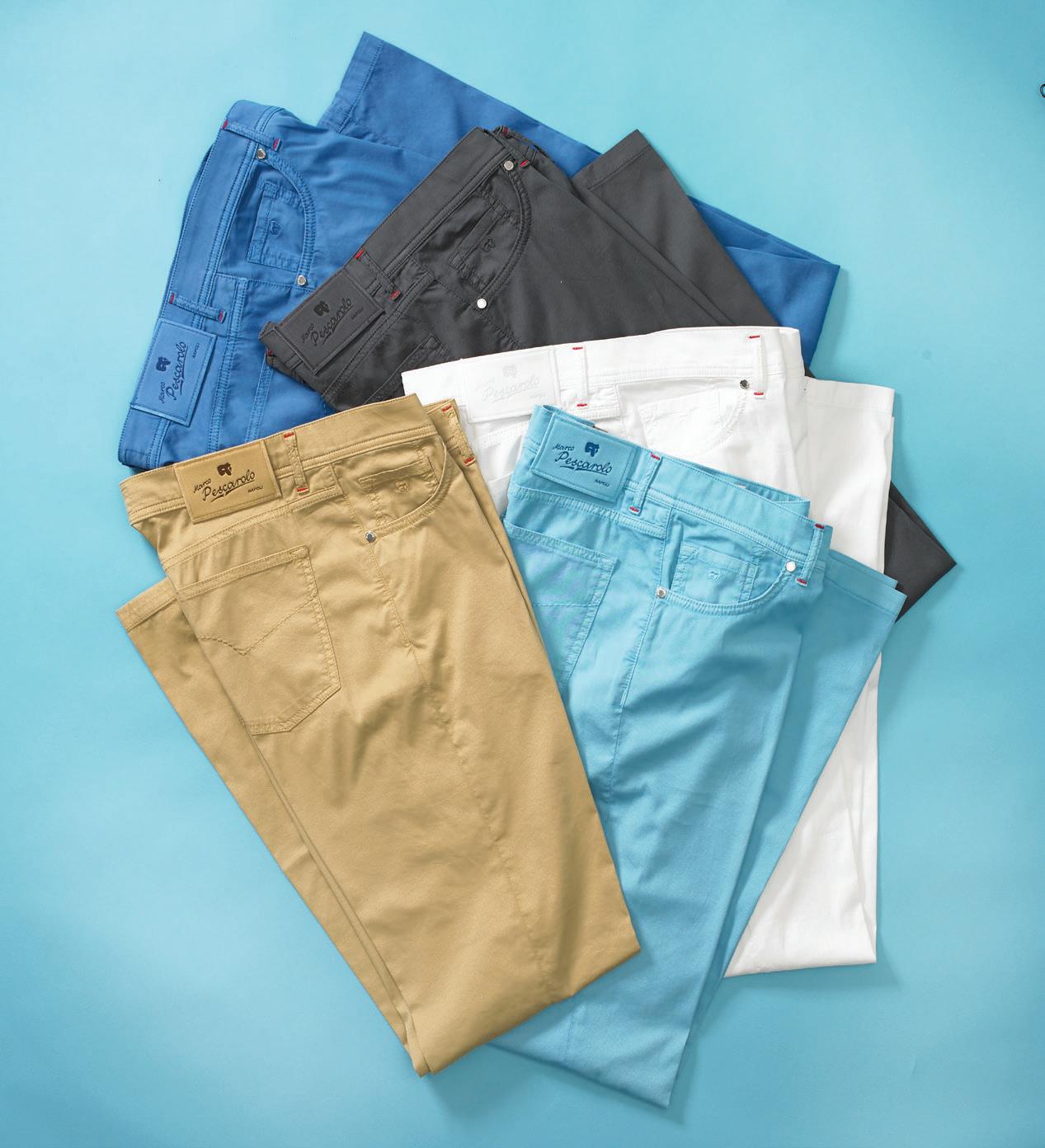

BEST FOOT FORWARD
Take a step in the right direction and stock up on shoes with flair and style.
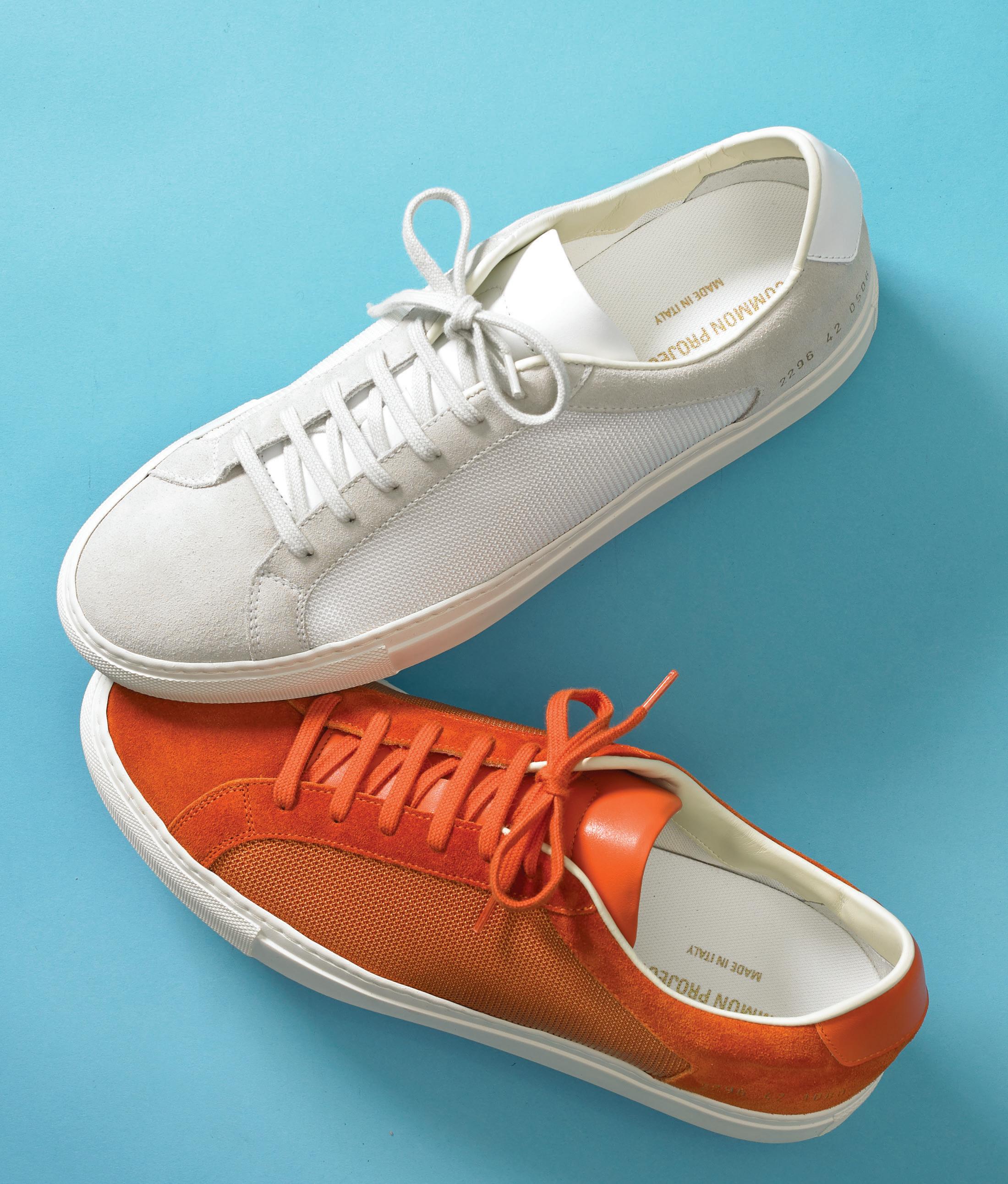
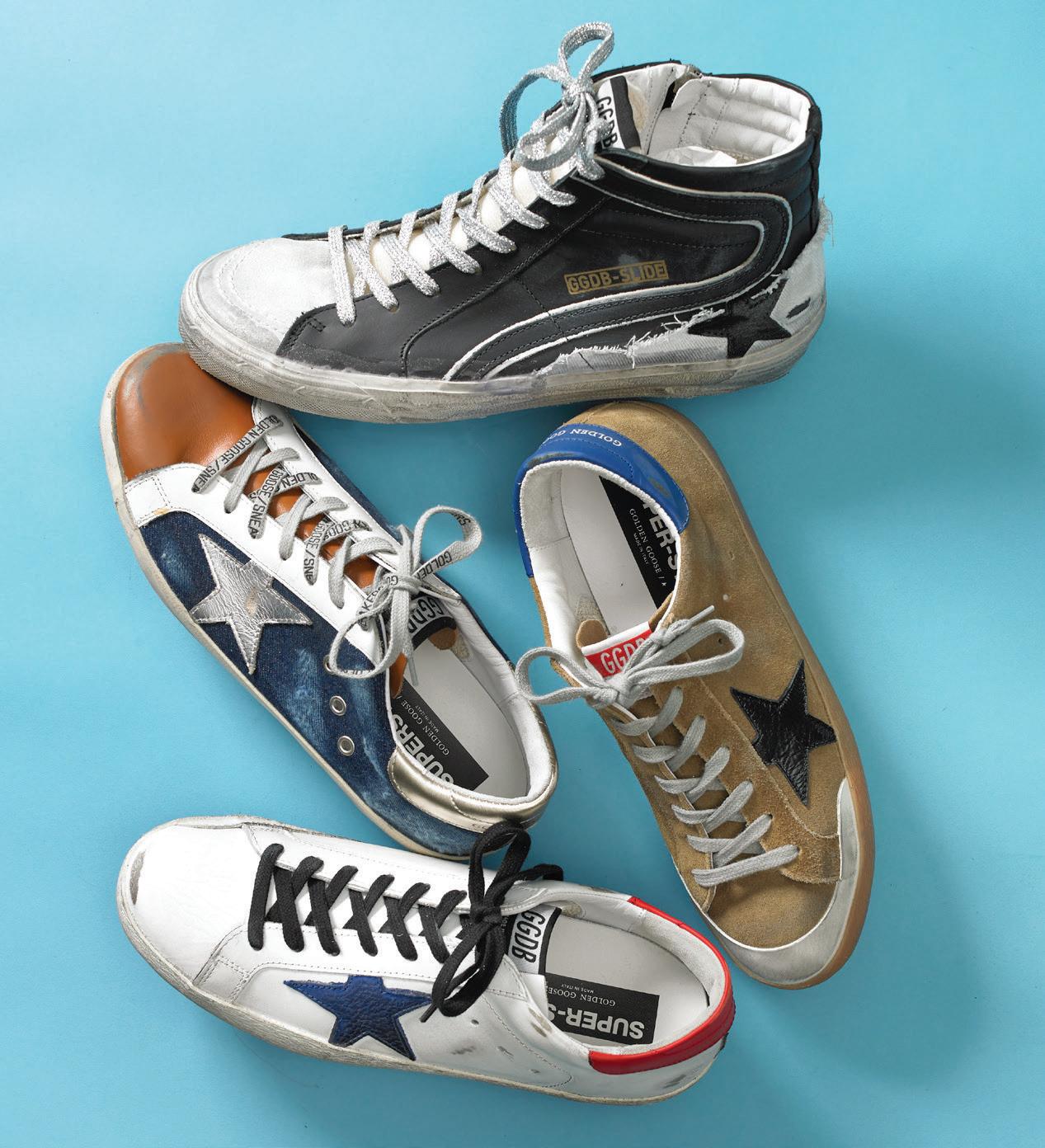
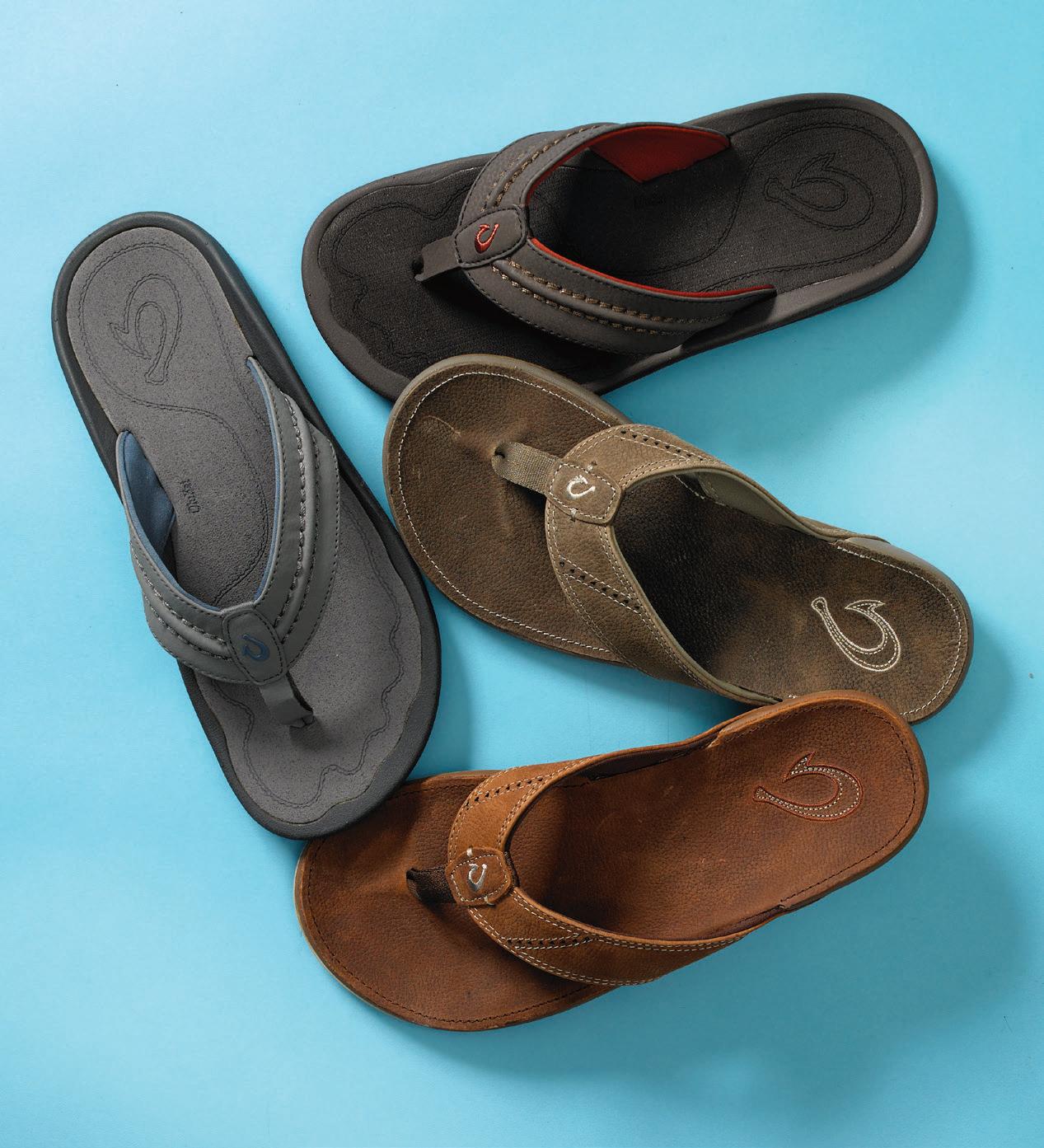
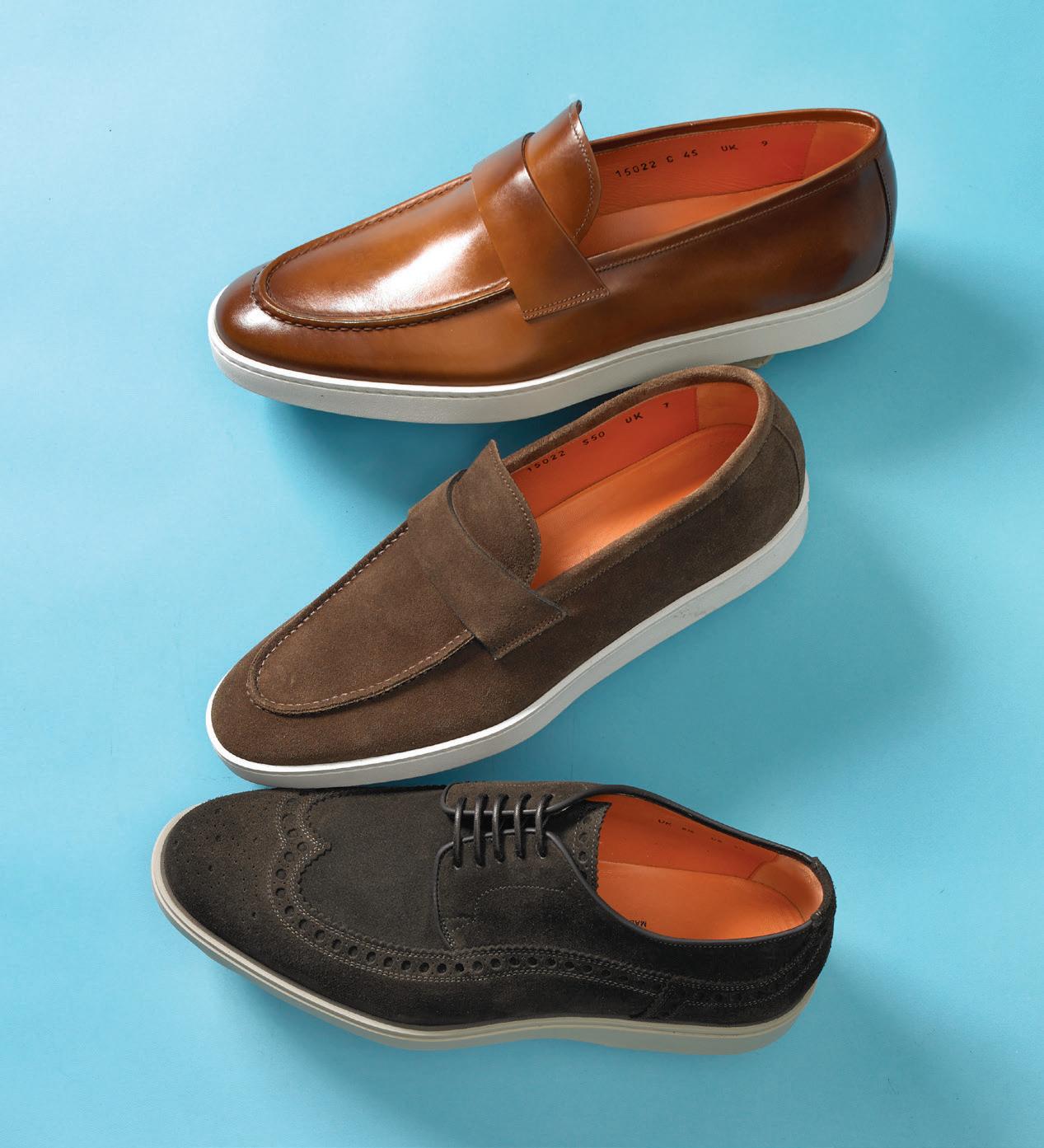
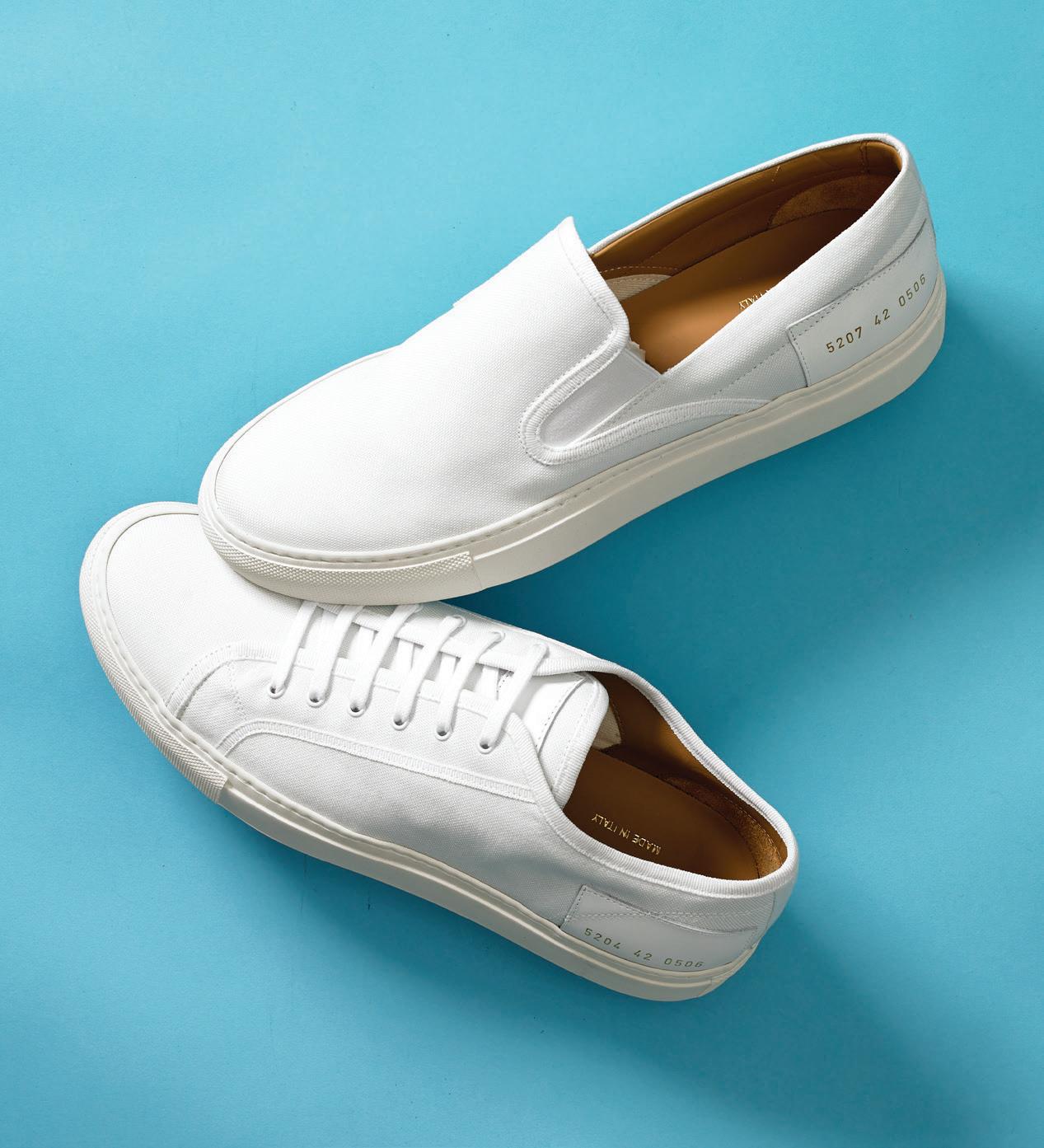
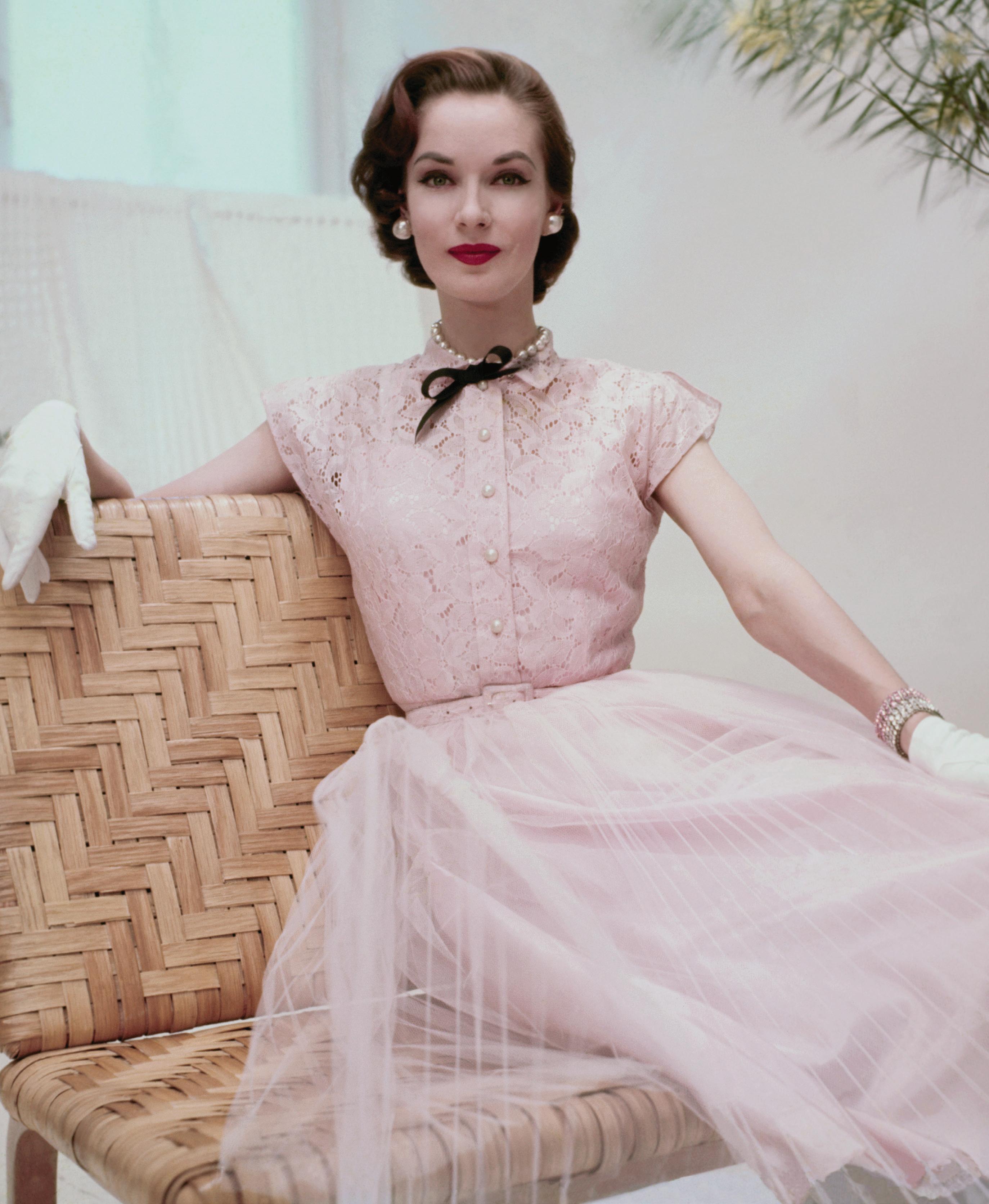
still
Like her renowned husband, fashion photographer Frances McLaughlin-Gill imbued images—posed or not—with a lively feeling of spontaneity. lives Whoever said spouses in the same line of work could never forge a healthy relationship should take note of Leslie Gill and Frances McLaughlin-Gill. During the 1940s and ’50s, in just 10 years as a married couple, they made fashion photography history while surrounding themselves with a circle of famous colleagues and friends. Together they turned their craft into fine art, combining boldness with originality while experimenting with the era’s new technologies. But McLaughlin-Gill was a precedent-shattering talent herself both before and after her marriage. The first female fashion photographer put under contract by Vogue, she lived until 2014, and in her 95 years was a stylist, a teacher (at Manhattan’s School of Visual Arts) and a film and TV-commercial producer too. If she’s best remembered for her arresting photographic images on the page, it’s because they—like Gill’s stills—were charged with a new intimacy and sense of play that are still honored and emulated in fashion camera work today.
Frances McLaughlin-Gill’s thoughtful photographs often had a cinematic vibe, showcasing models adorned in the dainty and glamorous fashions of the mid-century period. Here, her subject poses in a pink cotton lace dress and gloves with just the tiniest hint of a mischievous smile.
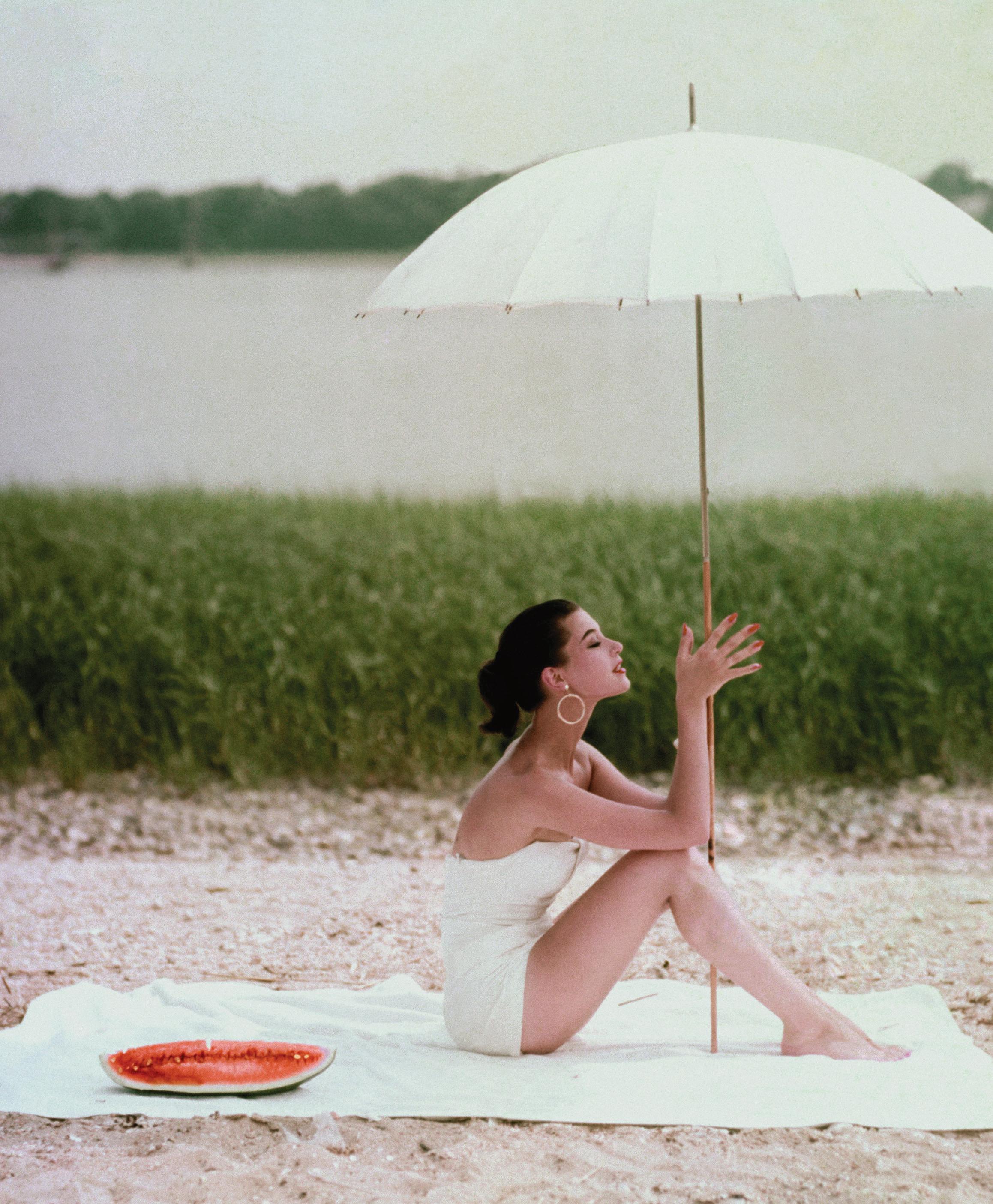
This page: Though McLaughlin-Gill captured many posed images, she also thrived on spontaneity. In this image shot for Glamour, the photographer caught model Barbara Mullen in a moment of serenity. Opposite page: McLaughlin-Gill was a perfectionist when she staged photos, ensuring that all details, from the colors of a dress to the positions of models’ hands and props, were to her liking.

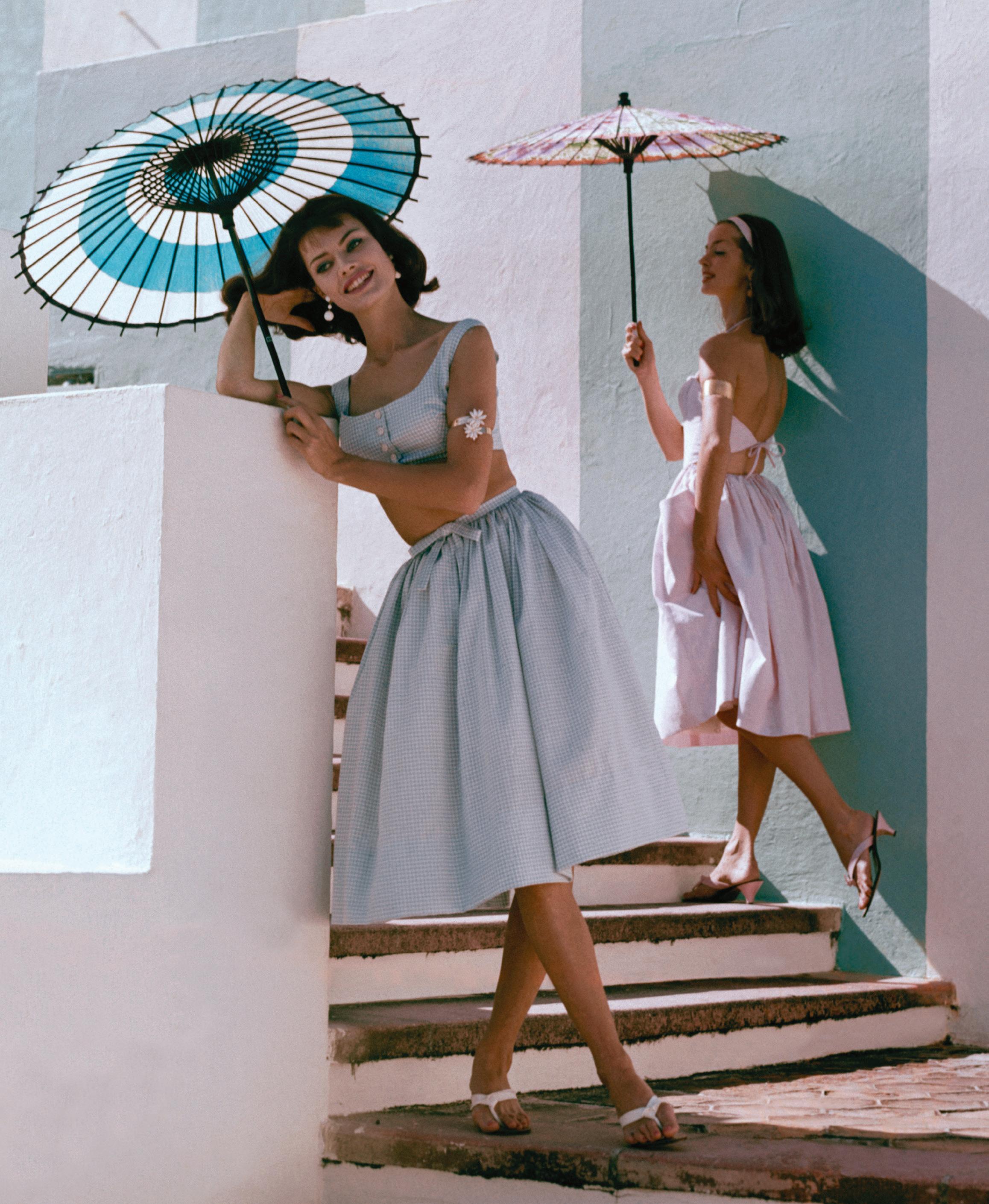
This page: In another iconic photo by McLaughlin-Gill, the models’ poses with their parasols are just as memorable as the dresses the duo wear. Opposite page: Pictures by McLaughlin-Gill frequently appeared on the cover of Vogue. Actress and model Sunny Harnett, shown here, was one of her favorite subjects.
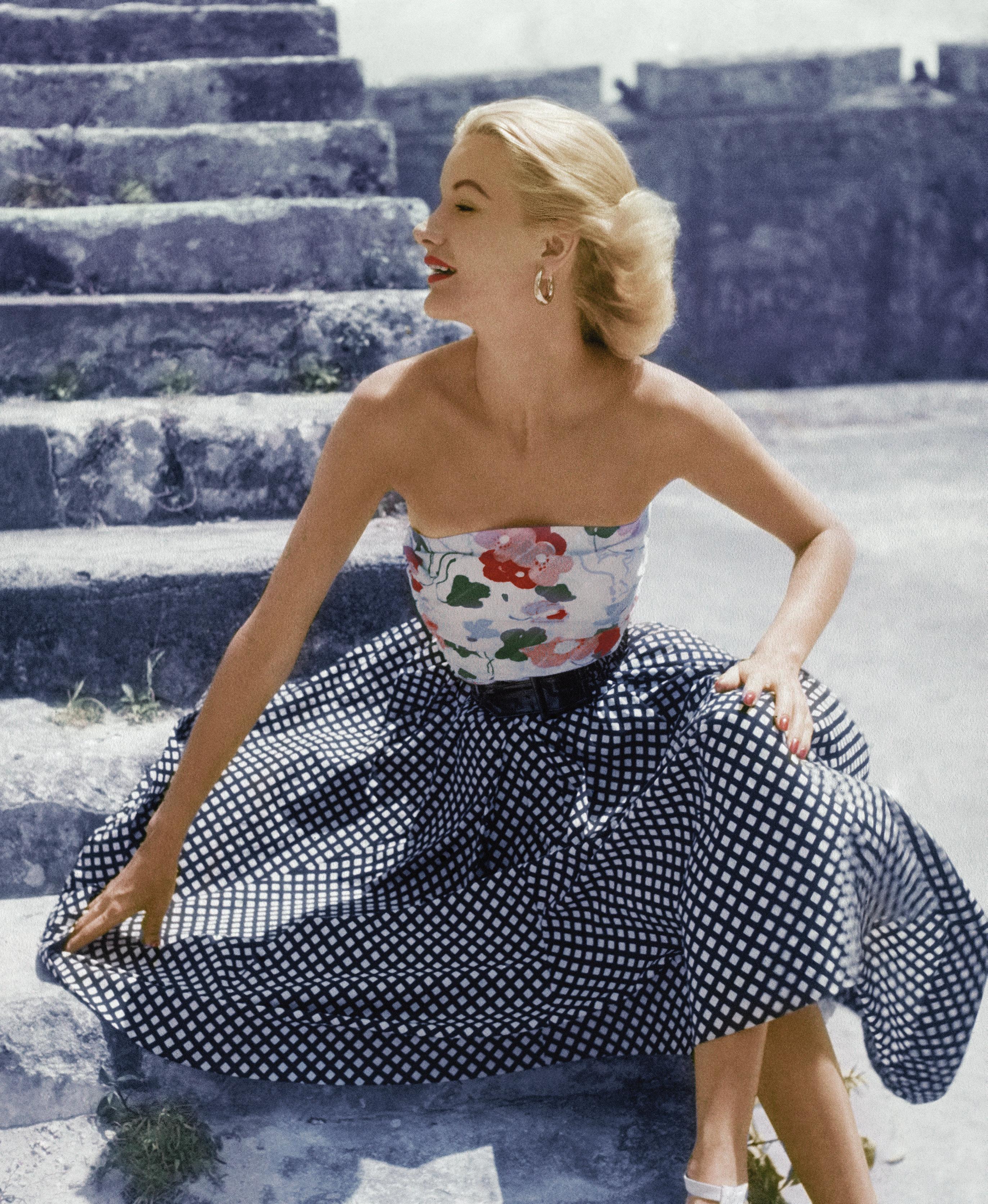
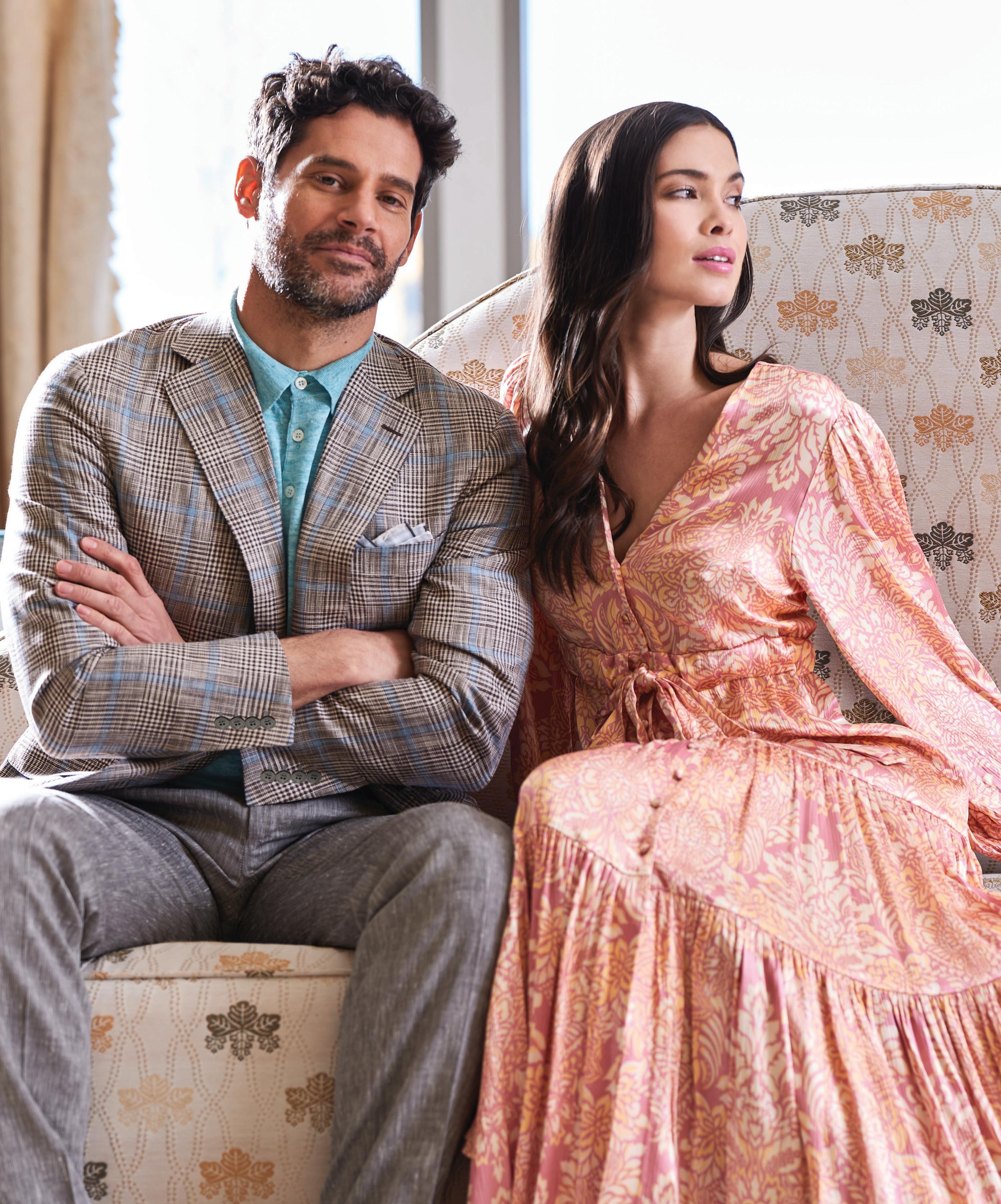

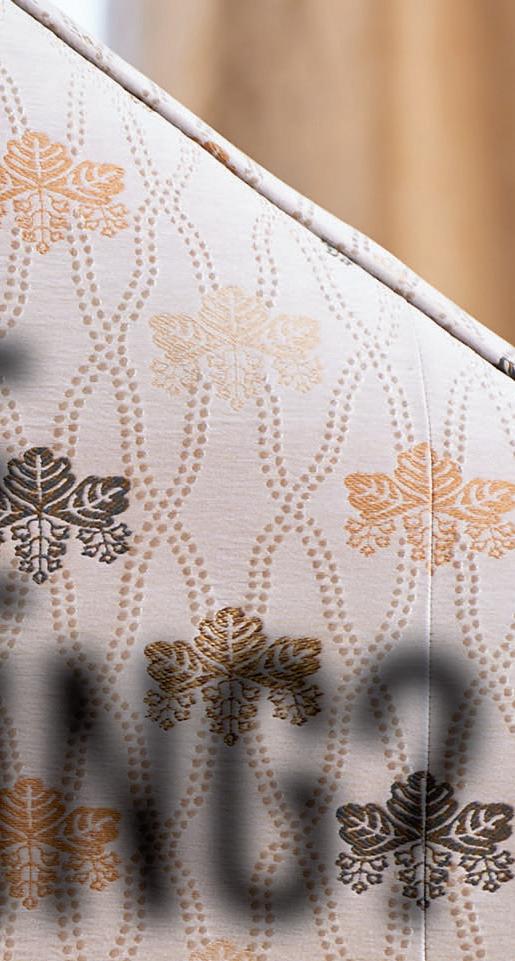
What’s In store for spring?
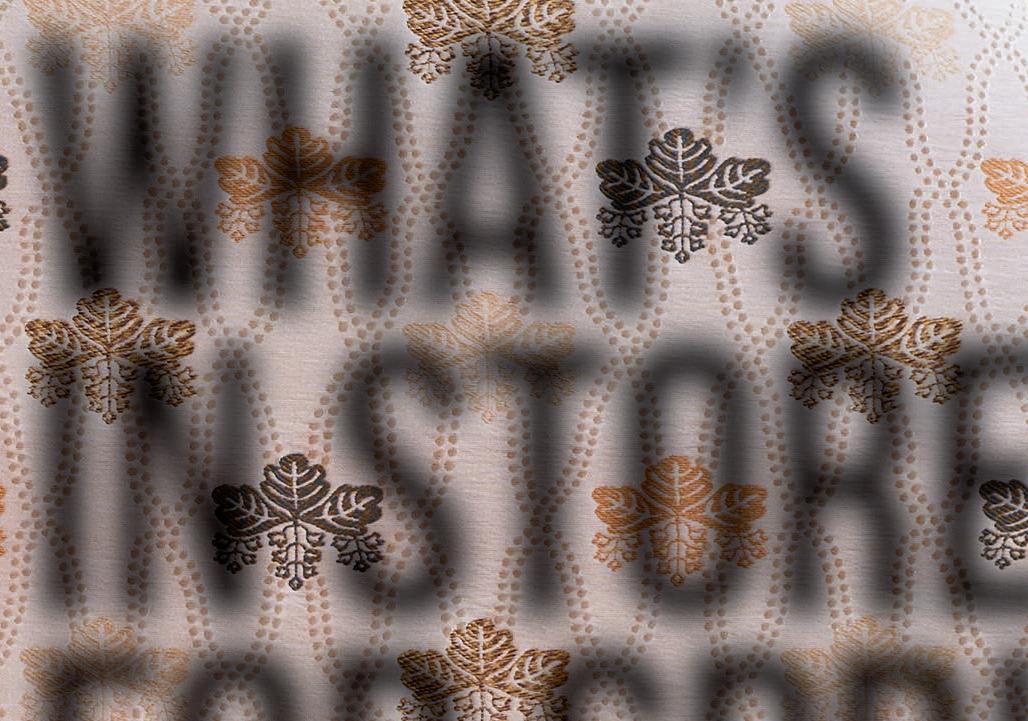

AFTER A YEAR OF UNCERTAINTY, ONE THING HAS ALWAYS BEEN DEFINITE: YOU CAN COUNT ON GARMANY FOR THE HOTTEST LOOKS OF THE SEASON.

Photography by Michael Cogliantry Photographed on location at Garmany, Red Bank

On him: sportcoat by Ravazzolo, polo by Baldassari, pocket square by Simonnot Godard, pants by PT Torino. On her: dress by Alexis.
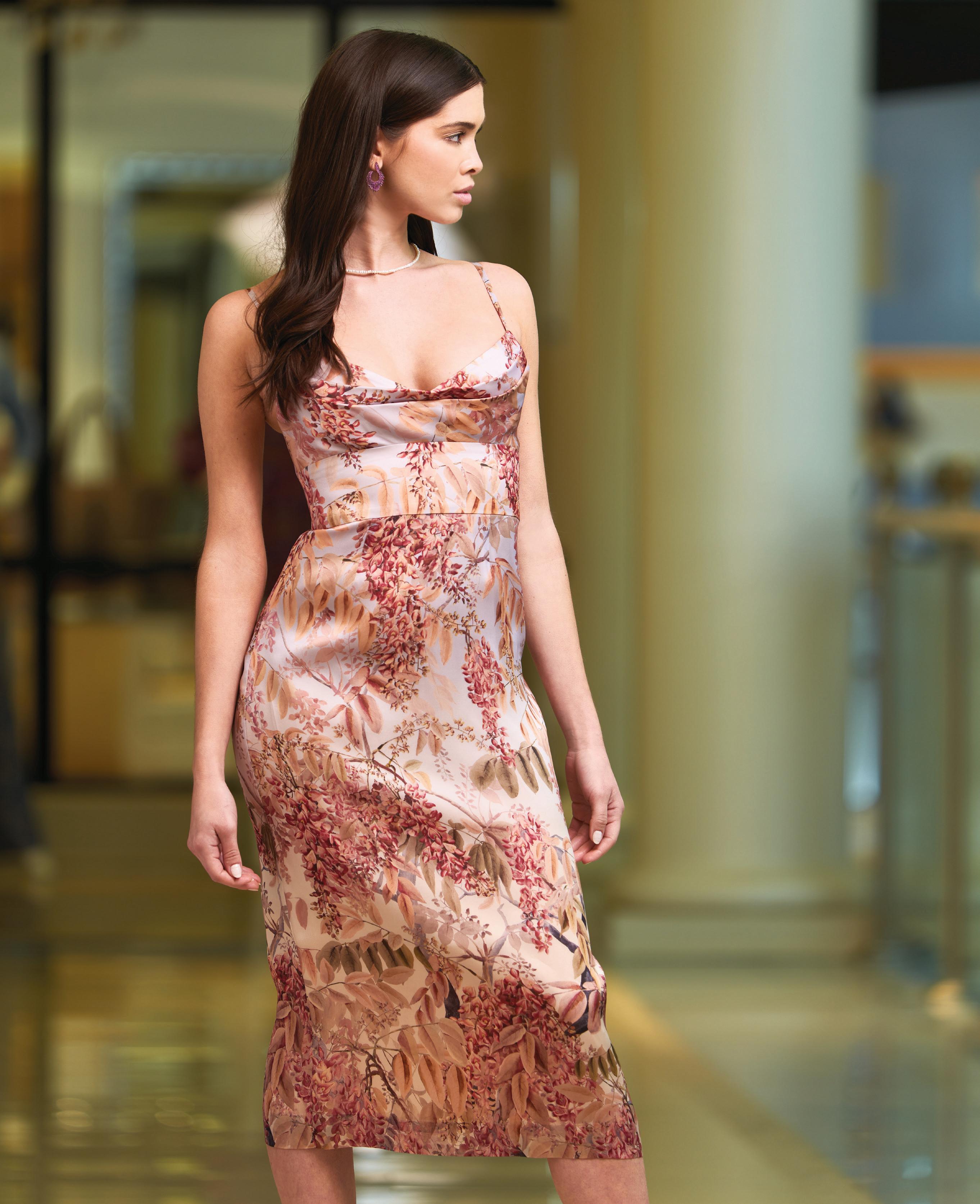
This page: dress by Zimmermann, earrings and necklace by Dripping in Gems. Opposite page: sweater, sweatshirt, pants and sneakers by Brunello Cucinelli, sunglasses by Bottega Veneta, bracelet by Jonas Studio.
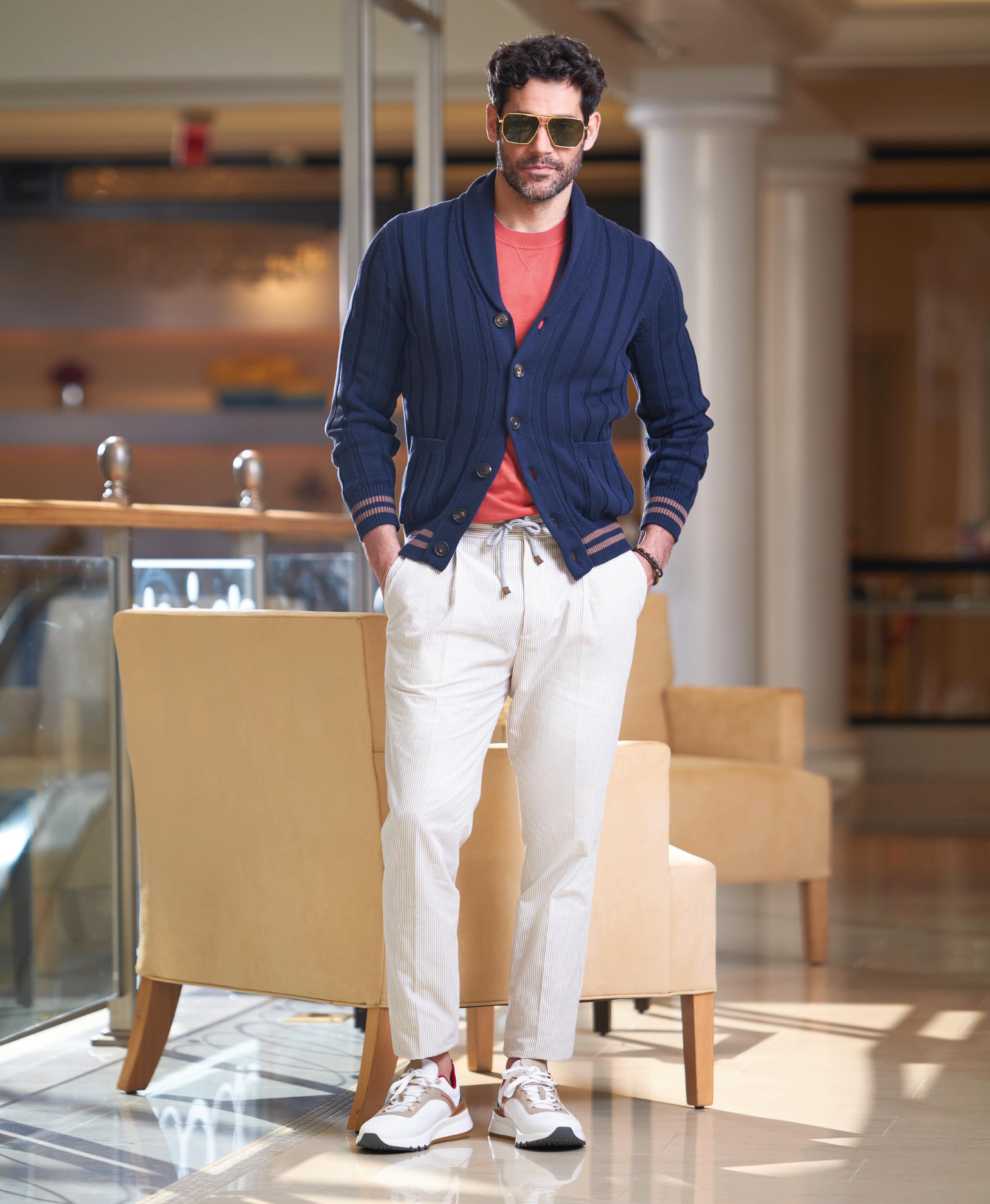

This page: shirt by President’s, shorts by NN07, sunglasses by Gucci. Opposite page: dress by Veronica Beard.


This page, on her: dress by A.L.C., sneakers by Golden Goose. On him: T-shirt by Paul Smith, pants by Marco Pescarolo, sneakers by Golden Goose. Opposite page: dress by Retrofête.
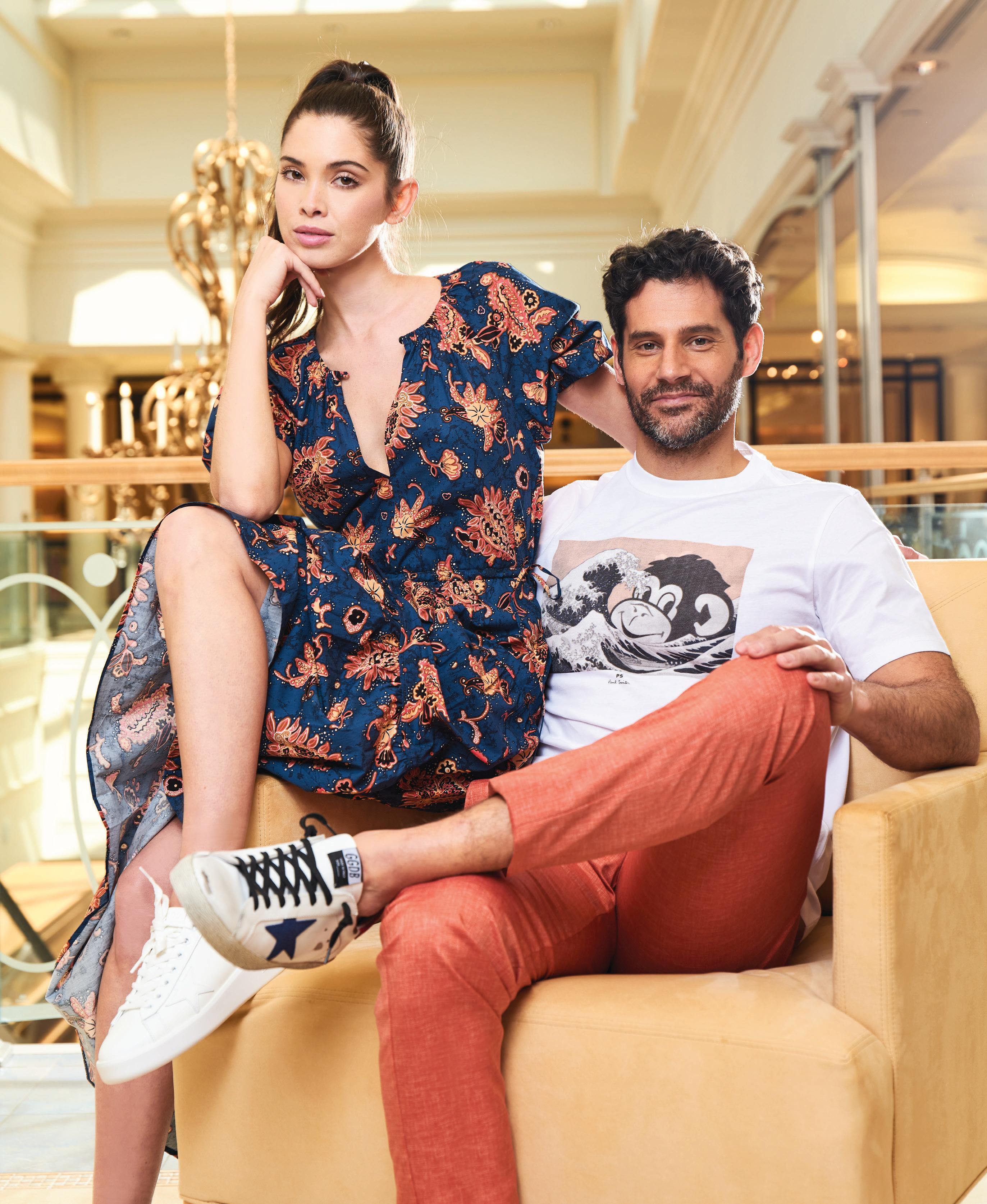
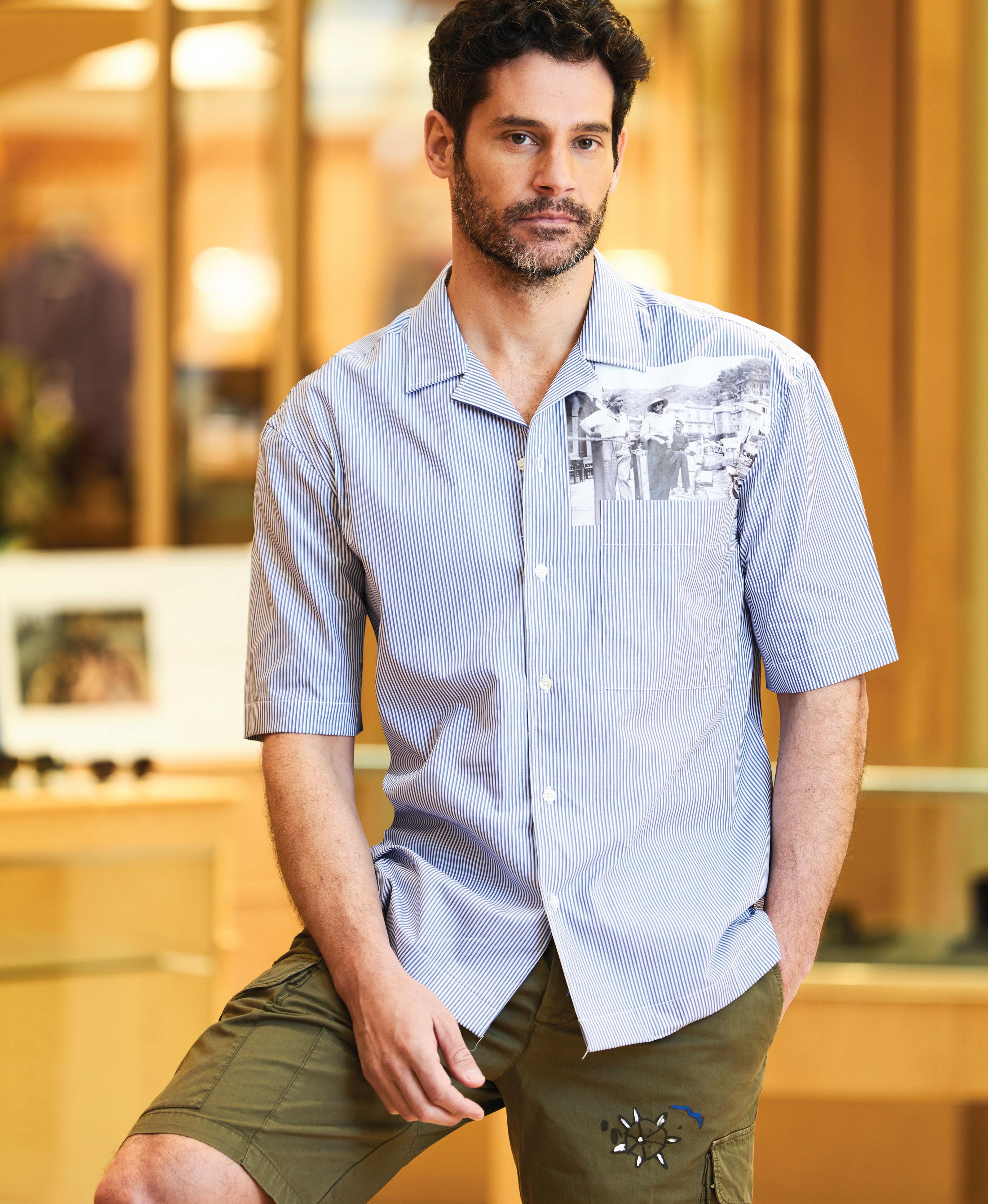
This page: blouse by Charo Ruiz, shorts by Marissa Webb, sunglasses by Gucci. Opposite page: shirt by President’s, shorts by White Sand.
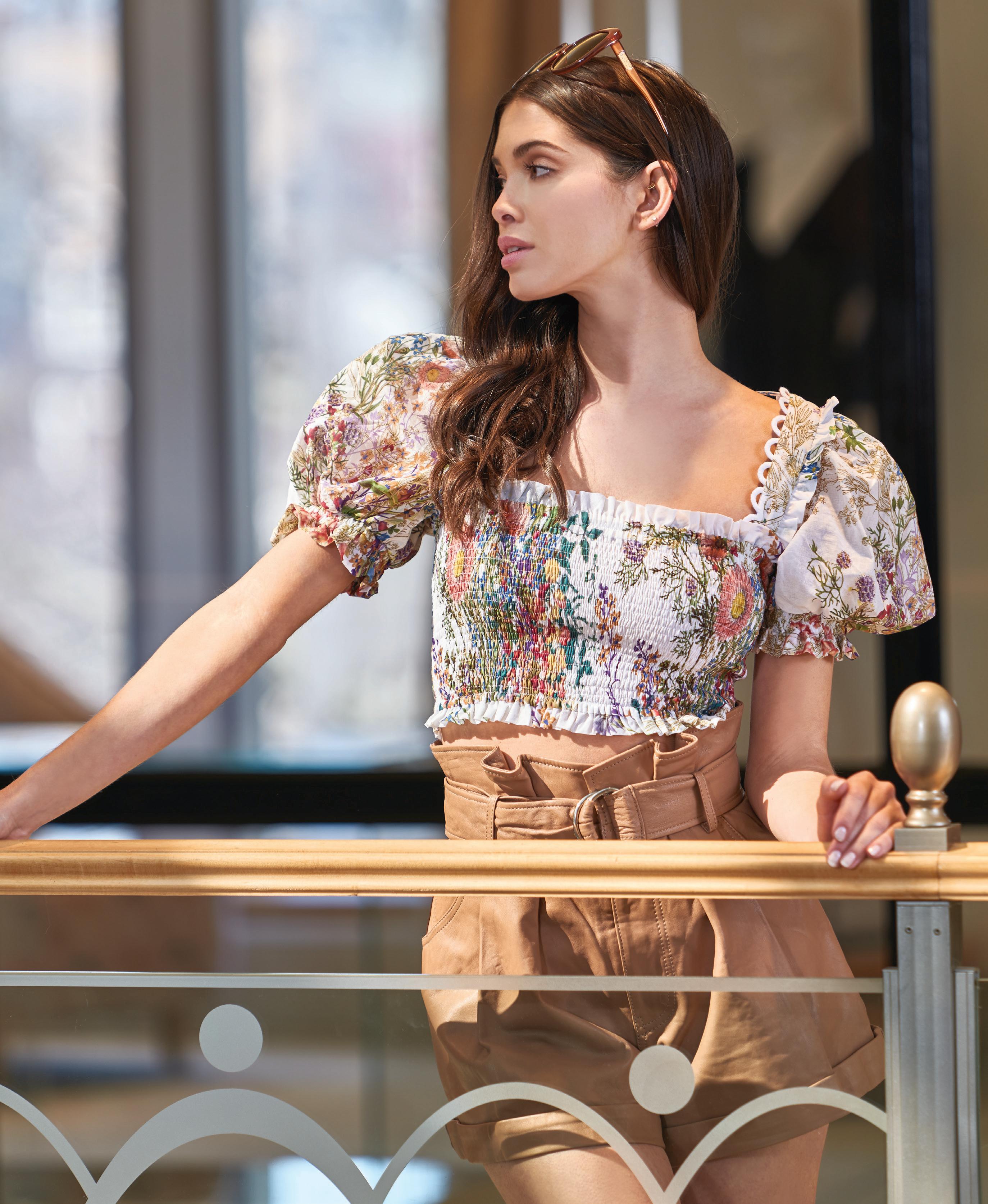
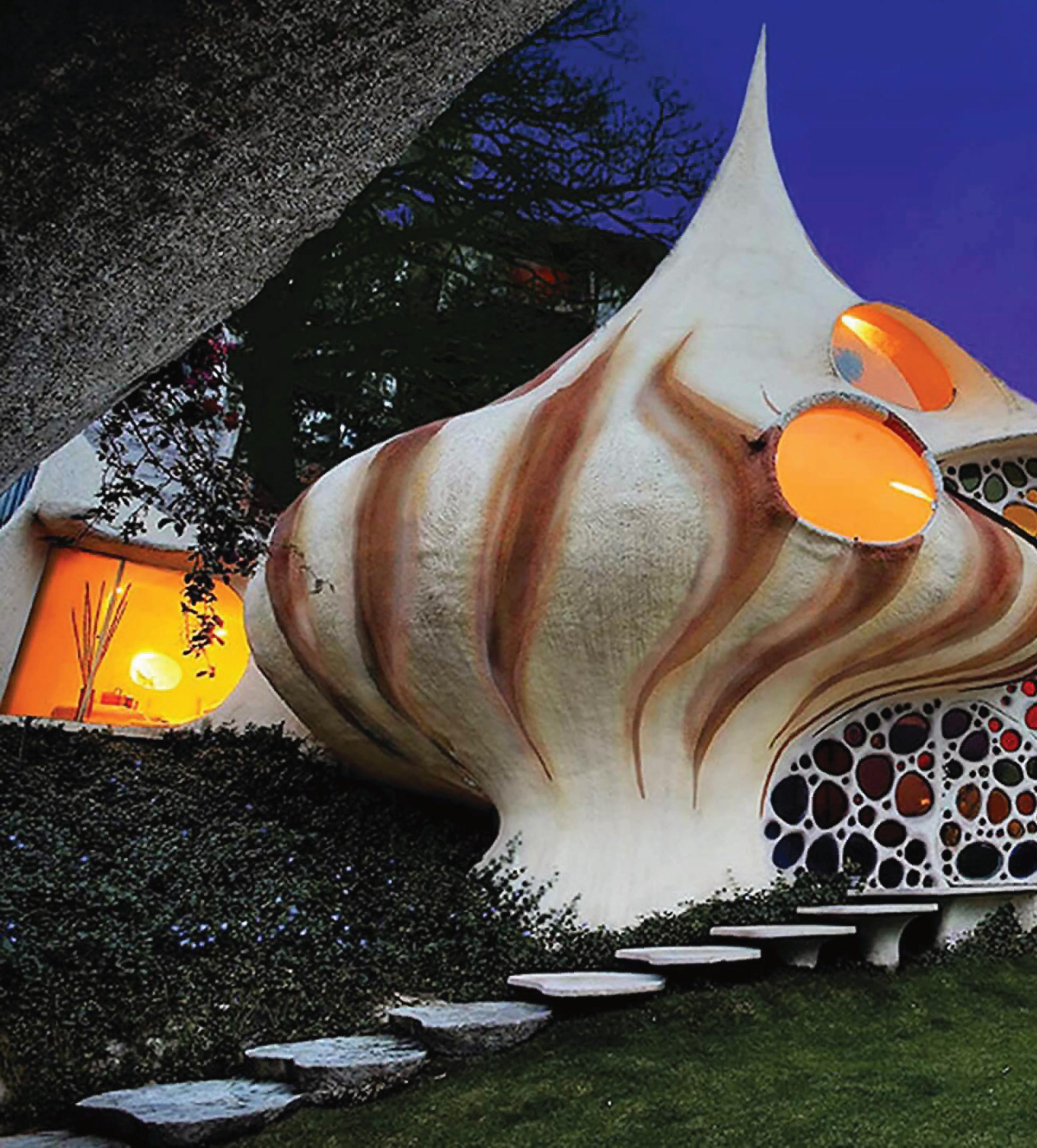
What you sea is what you get

Who could remain shy while living in this dazzling architectural wonder? It’s perfect for helping a family come out of their shell.
When a family of four wanted to live in a home that was unconventional and one with nature, architect Javier Senosiain ran with the idea—all the way to the ocean. His brainchild is the famous Nautilus House, a sea-inspired abode in Mexico City that resembles a giant psychedelic mollusk. Explore this eccentric home with us on the following pages. It’s alive with vibrant shapes and colors, and on the practical side there’s very little danger—even after a wild evening—of accidentally coming home to the wrong house.

The execution of the Nautilus House in Naucalpan, Mexico, is as innovative as it is visually fascinating: It’s made using a technique called ferrocement construction and molded with concrete, which ensures that it’s both earthquake-proof and maintenance-free.
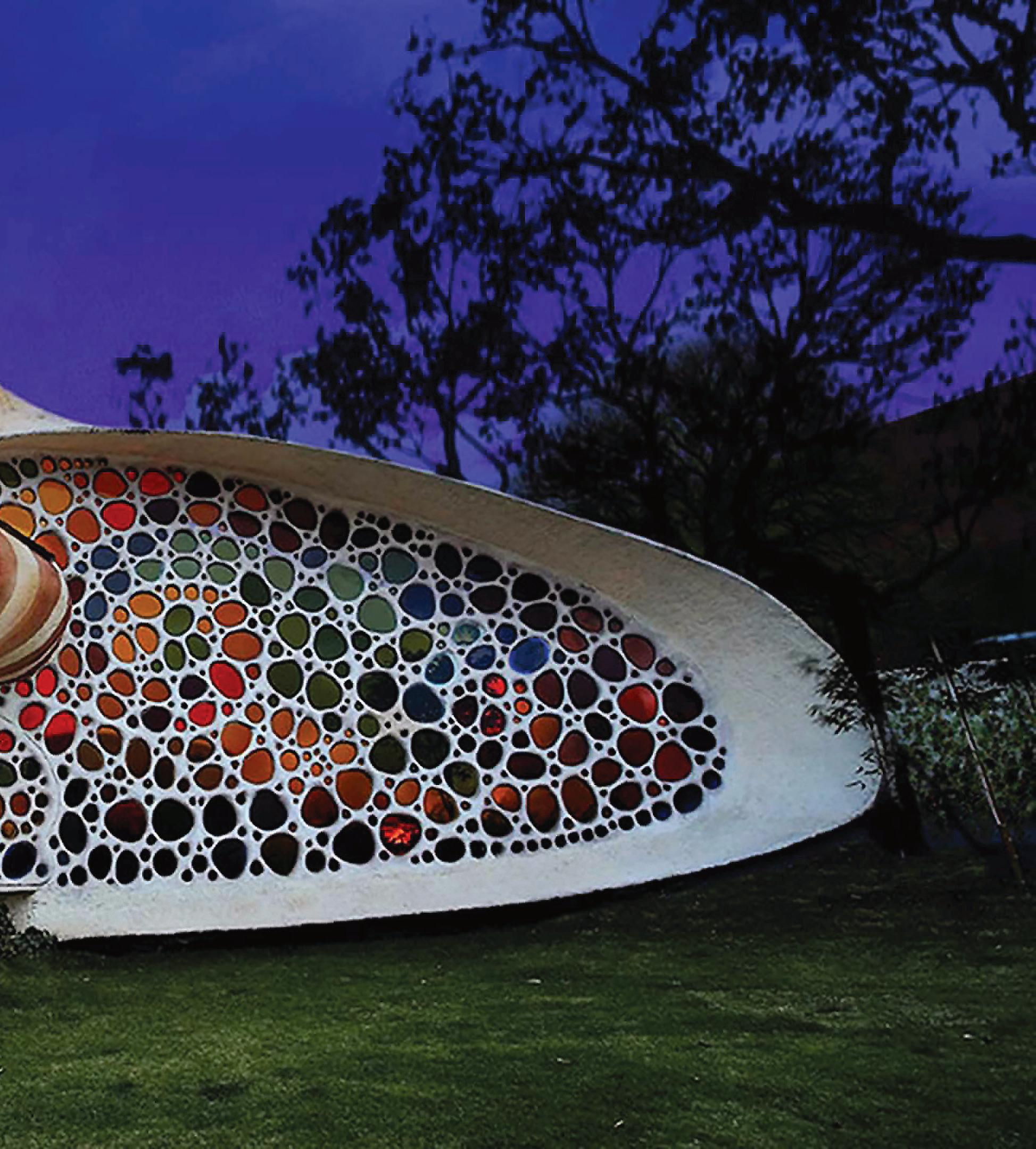
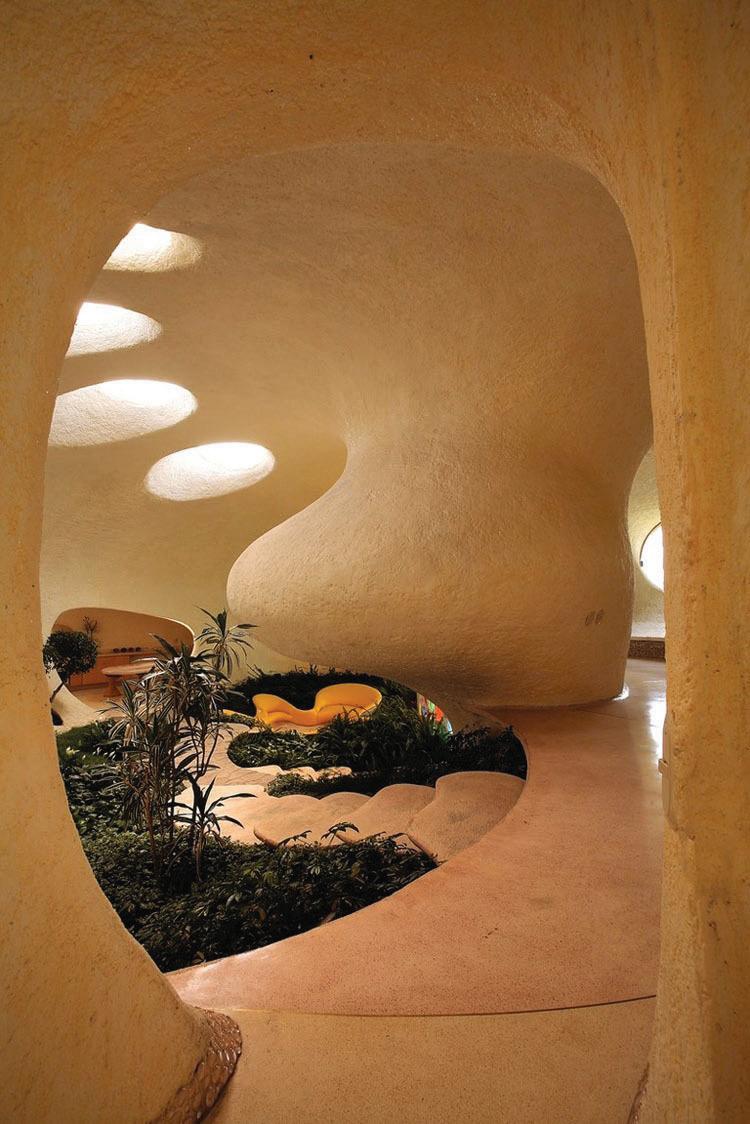

This page: Curl up on the couch in the family/TV room, which is the belly of the creature. Granted, this may not be the most practical use of space, but it sure looks cool! Opposite page: No, you’re not hallucinating. This home features grass carpeting beneath stone pathways and staircases that add to the fairy-tale feel.
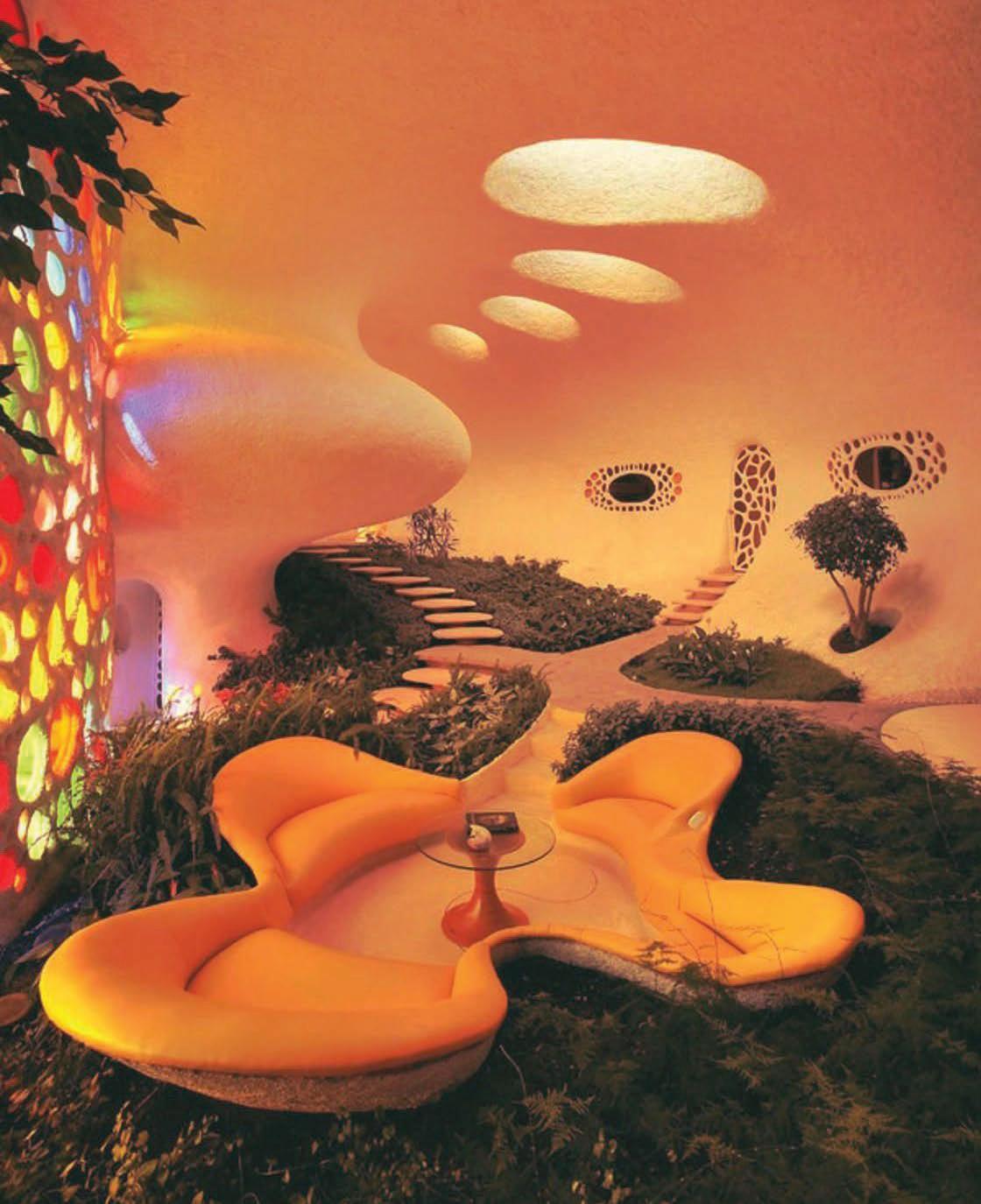
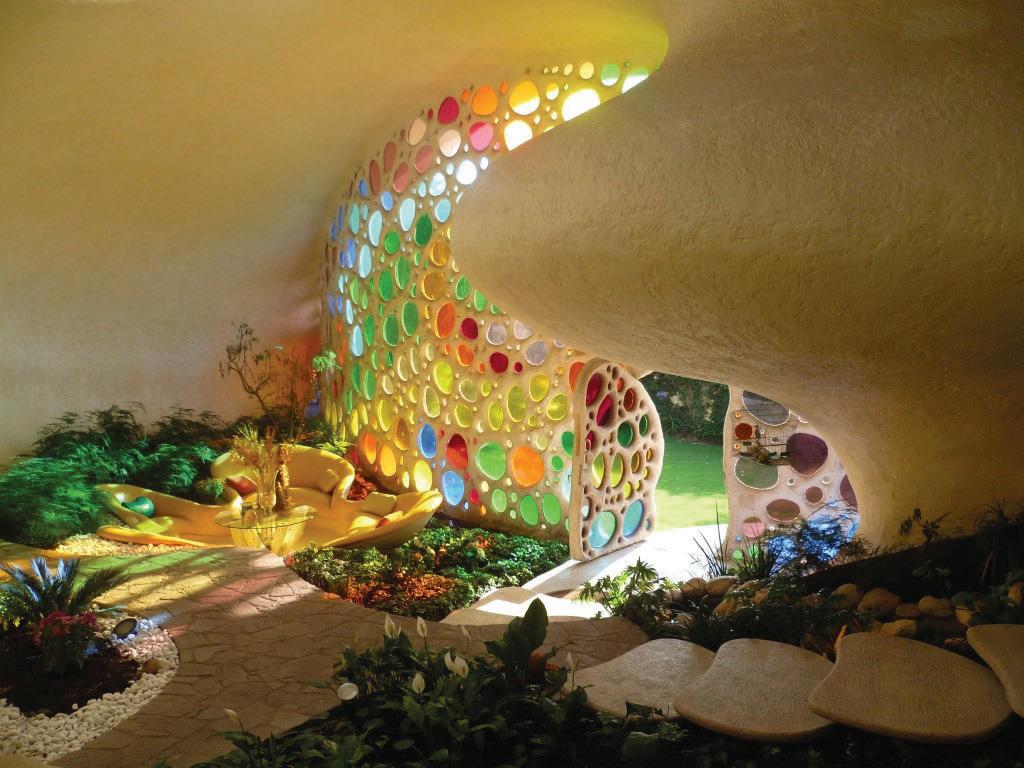
This page: The striking entrance of the Nautilus House features tiny pieces of stained glass that reflect a rainbow of natural light in the foyer. Opposite page: Lush grass surrounds this curvy sitting-room couch in one of many circular, spiralized rooms within the structure.


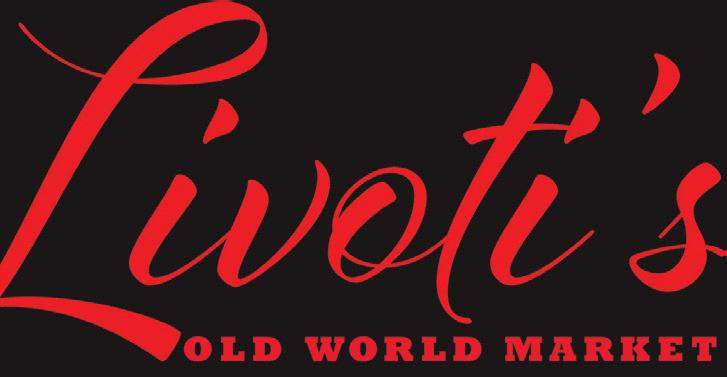

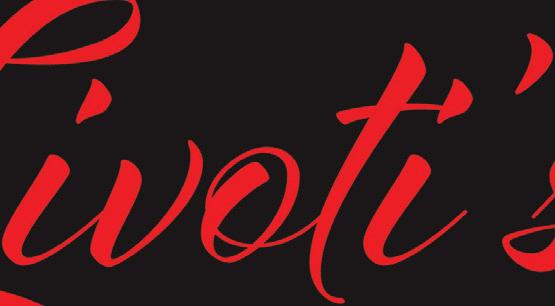



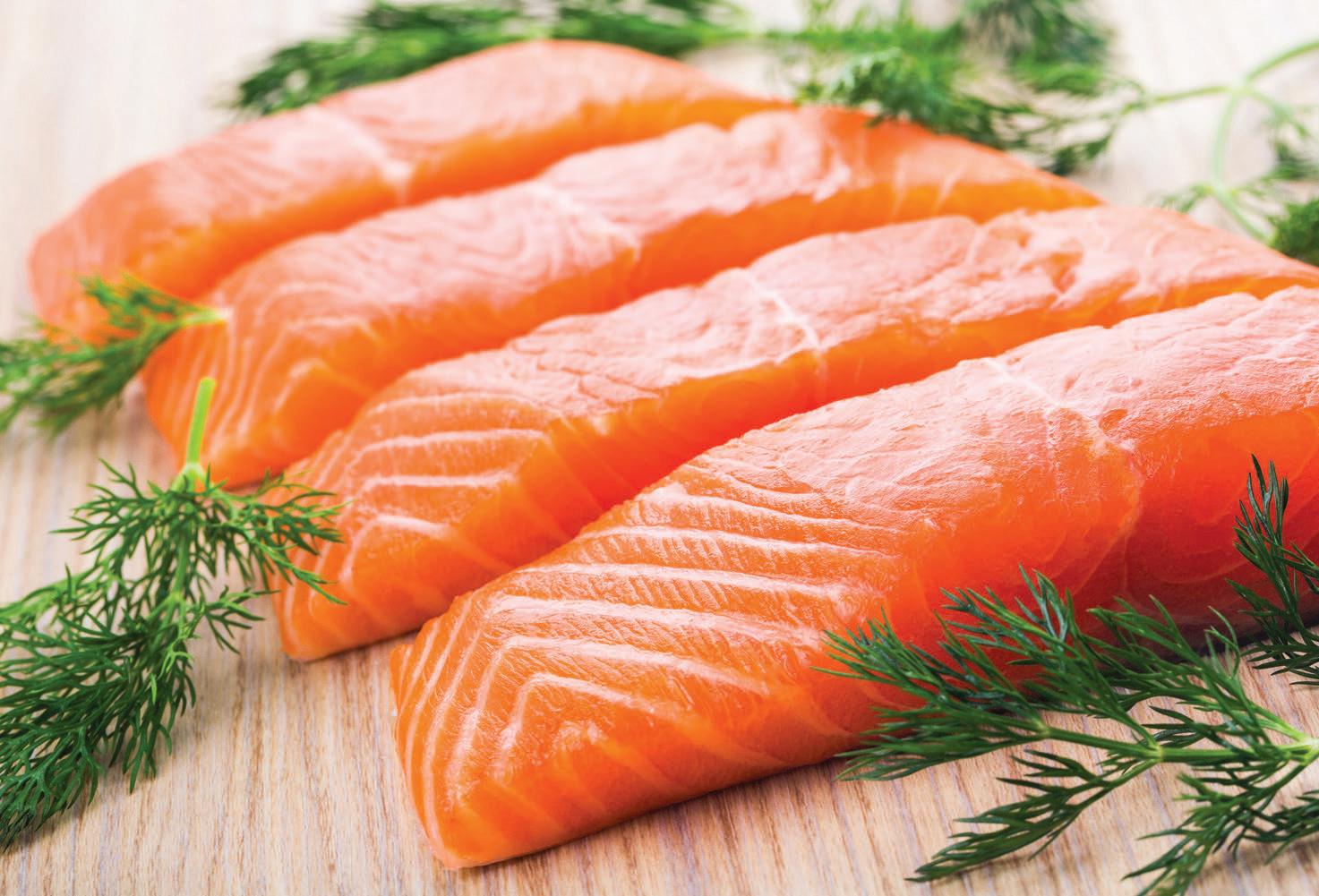
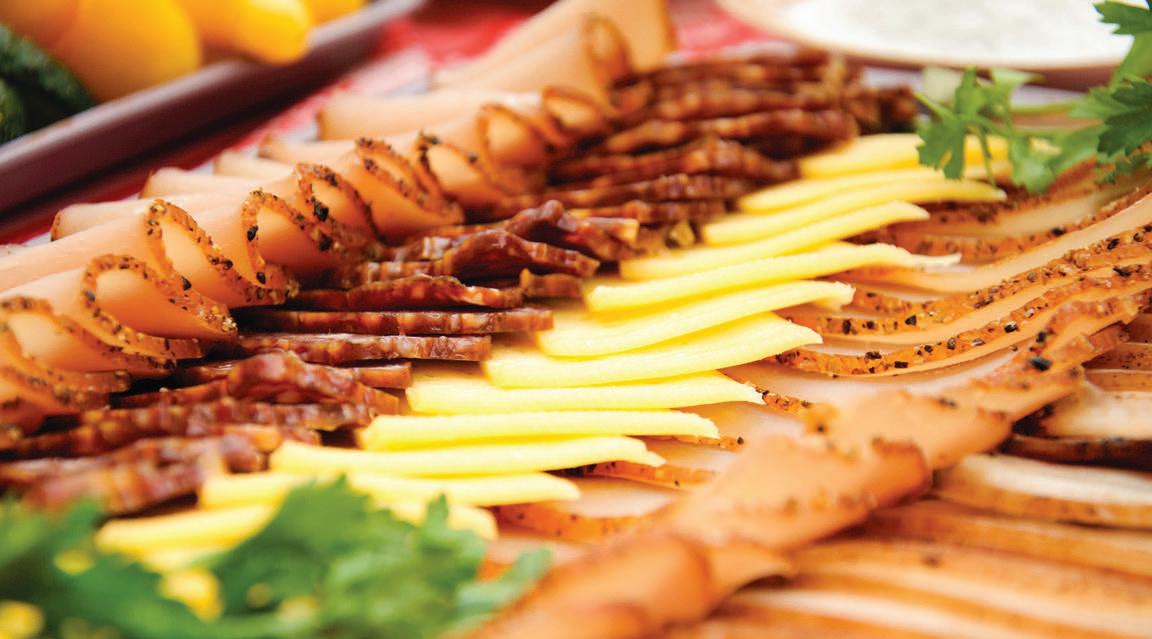
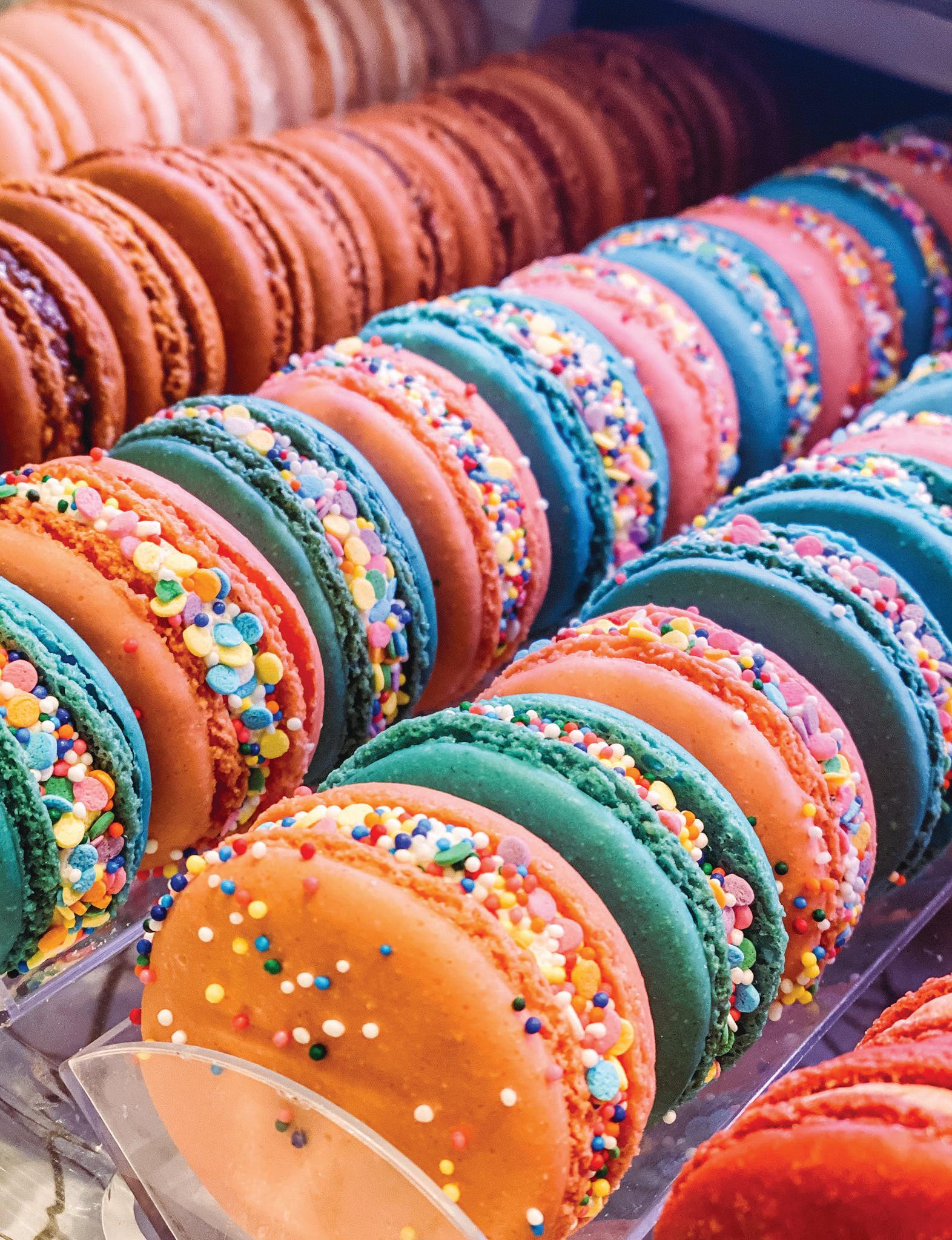
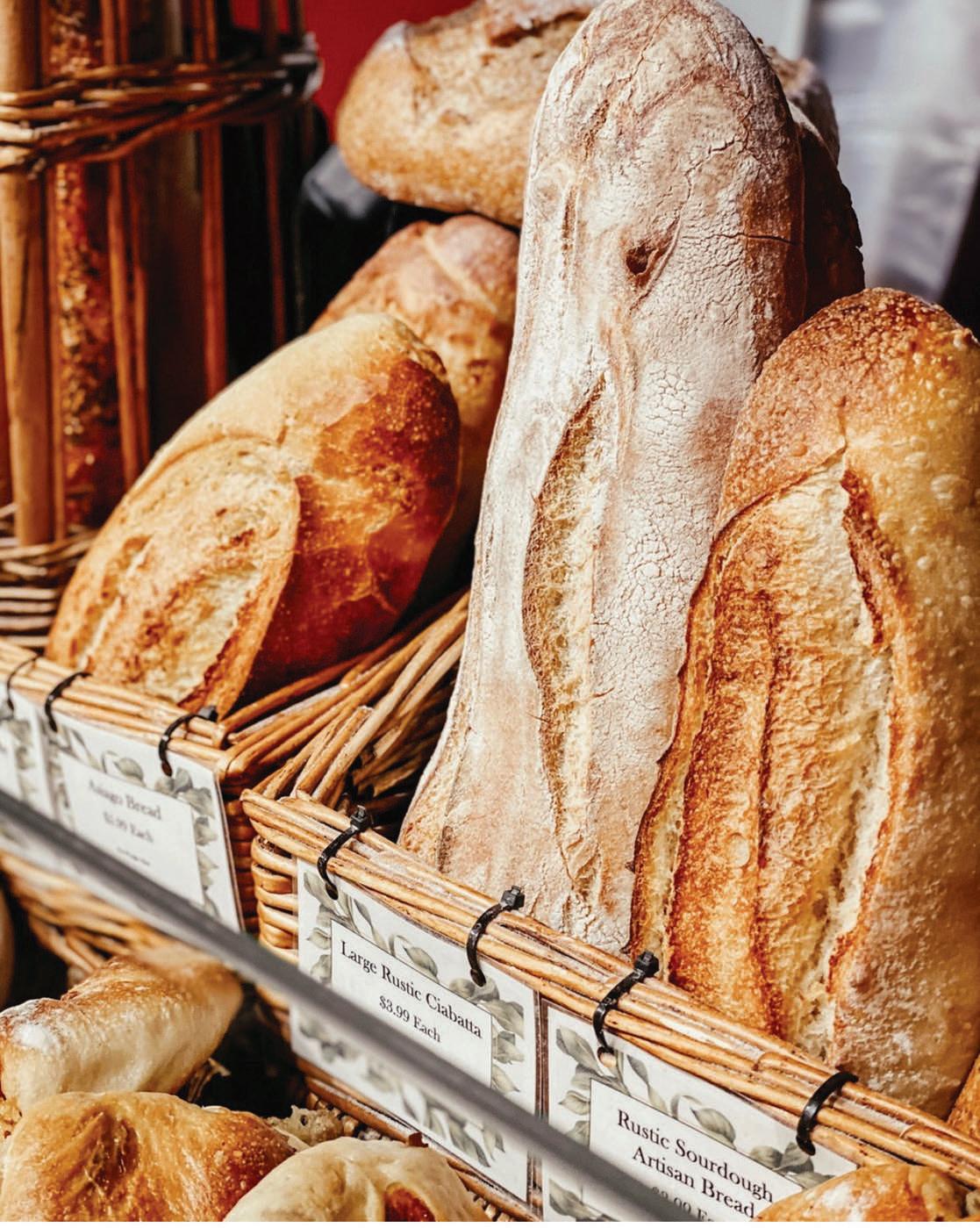
JOHN LIVOTI
Born in Brooklyn, NY, John Livoti and his family are second generation Sicilian Italians. John grew up in the grocery industry and aspired to one day open his own Gourmet Market close to home. He believed some of the best memories are made around the table. His idea was to create a warm and inviting shopping experience - a vision that would put quality, consistency, freshness and value at the forefront.
In May of 2010, Livoti's Old World Market was born in the heart of Aberdeen, NJ. Offering the Monmouth County Community a grocery shopping experience like never before. A place where quality, flavor and freshness stood behind every idea and product. Authentic Italian Specialties, fine Italian cheeses and gourmet deli meats, seasonal catering and Italian bread; John Livoti's mission of bringing an Authentic taste of Italy to Central Jersey, finally came true.
A foundation of loyal customers and a decade later, John Livoti has grown his vision into a thriving brand alongside his family, who are actively involved in each location. Offering unique Italian cornerstones like Italian Gelato, Brick Oven Pizza and even a Chocolate Fountain; Livoti's full line of Bakery, Catering, Deli, Floral, Grocery, Meat, Produce and Seafood Departments were all designed with your family in mind. With four great Monmouth County locations in Aberdeen, Marlboro, Middletown and Freehold, Livoti's Old World Market will not dissapoint!
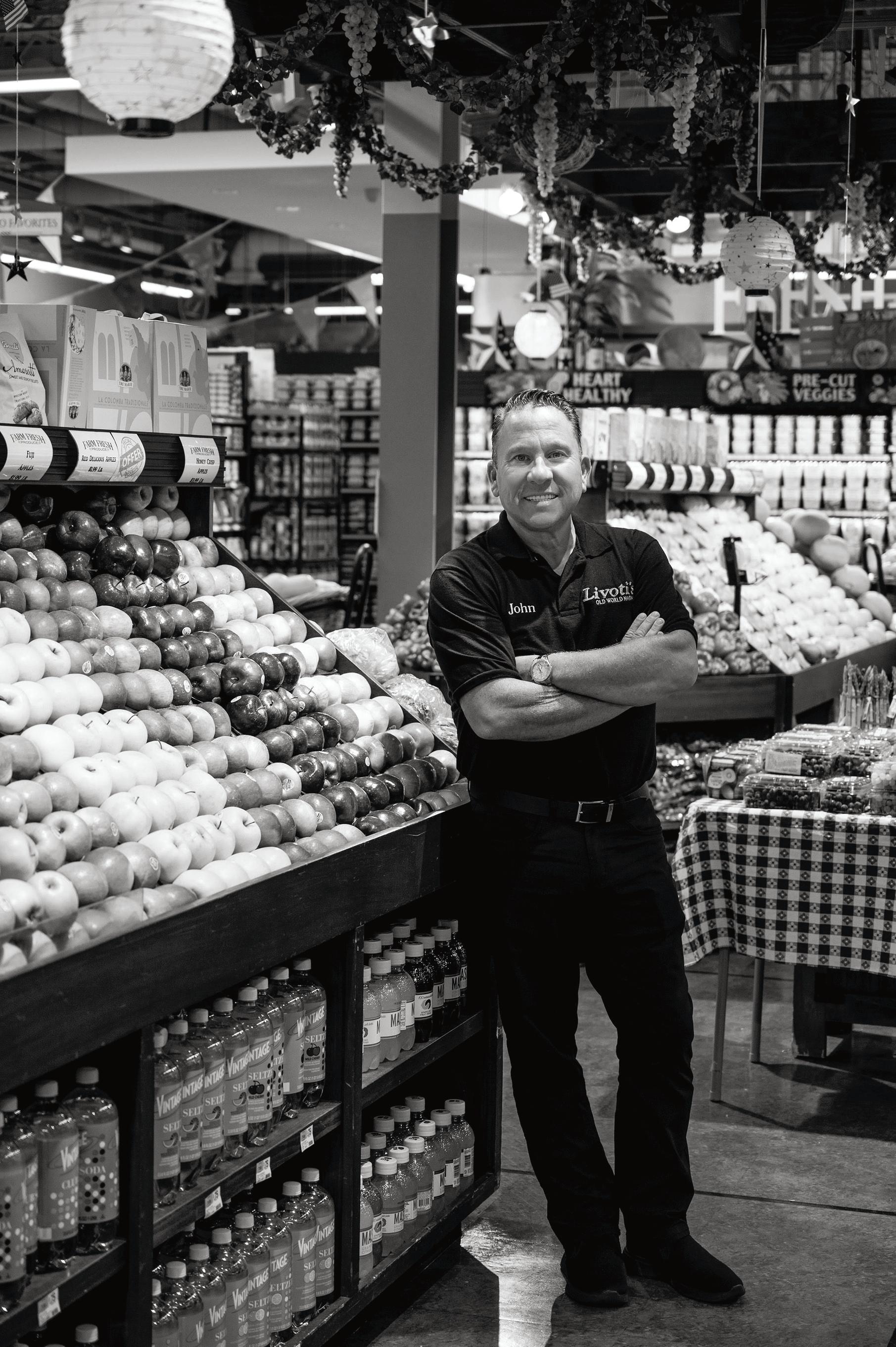
DINNERS THAT MADE HISTORY
Most of us think we know the ingredients of a successful evening meal: delicious food served beautifully in an enchanting setting, great company with sparkling conversation. But a dinner that’s absolutely unforgettable, one in which culinary triumph is only the starting point? For that we turn to the pages of Legendary Dinners, From Grace Kelly to Jackson Pollock, edited by Anne Petersen and published by Prestel. This new volume recalls a few of recent history’s most memorable evening repasts, with hosts and hostesses you’ll recognize. Even if your own next dinner party won’t include any AAA-list guests, you’re bound to draw inspiration from these tasty pages. Let them enliven your idea of what dinner can be.
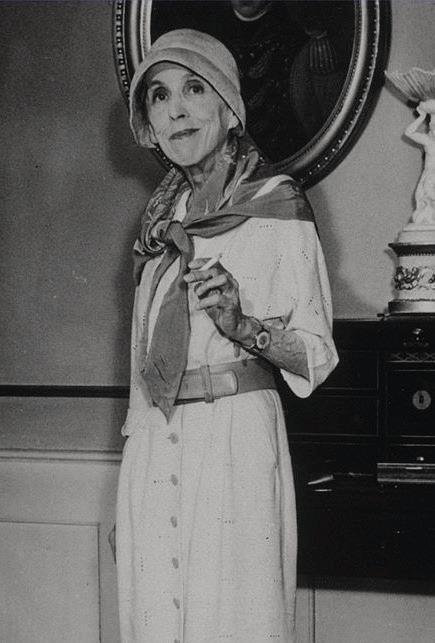
Karen Blixen
It’s been more than 35 years since filming began on Out of Africa, and millions of people continue to dream about the romantic love portrayed by Meryl Streep and Robert Redford. It was the memoirs of Danish writer Baroness Karen Christenze von Blixen-Finecke, and a declaration of love to Kenya and to the man in her life, Denys Finch Hatton. The eccentric baroness was an exceptionally gifted host on her farm, located at the base of the Ngong Hills that stretch southwest of Nairobi. The present-day Karen Blixen Museum displays the menu for a dinner that the couple hosted for Prince Edward on Nov. 9, 1928, which would end up being one of her happiest nights.
Her west-facing dining room, which doubled as her study, offered spectacular views of the plains and its vast hunting grounds. At the start of the mini rainy season in November, the coffee blossoms gave off their slightly bitter aroma. It was heavenly…and surely enough to make the overindulged royal visitor swoon! And Blixen was able to rely on her chef Kamante, who could not speak nor read English. Instead, Blixen—a magnificent writer who was also a skilled painter—illustrated each menu for him (the plates, glasses, flatware, fish and vegetables).
A total of six people would be dining with the Prince of Wales that evening: Blixen and Finch Hatton were joined by the prince’s private secretary, Sir Alan Frederick Lascelles, and his adjutant, Piers Legh, as well as Vivienne de Watteville, a Swiss writer, and her English colleague and aviation pioneer, Beryl Markham.
The dinner was a great success. Kamante was praised for his culinary skills, with the prince gushing that the meal was the best he had ever been served in the colony. Blixen’s brown hair curled up at her earlobes, and her drop earrings twinkled in the candlelight. She gleefully waved at Finch Hatton across the table. And wished life could stay this way forever.
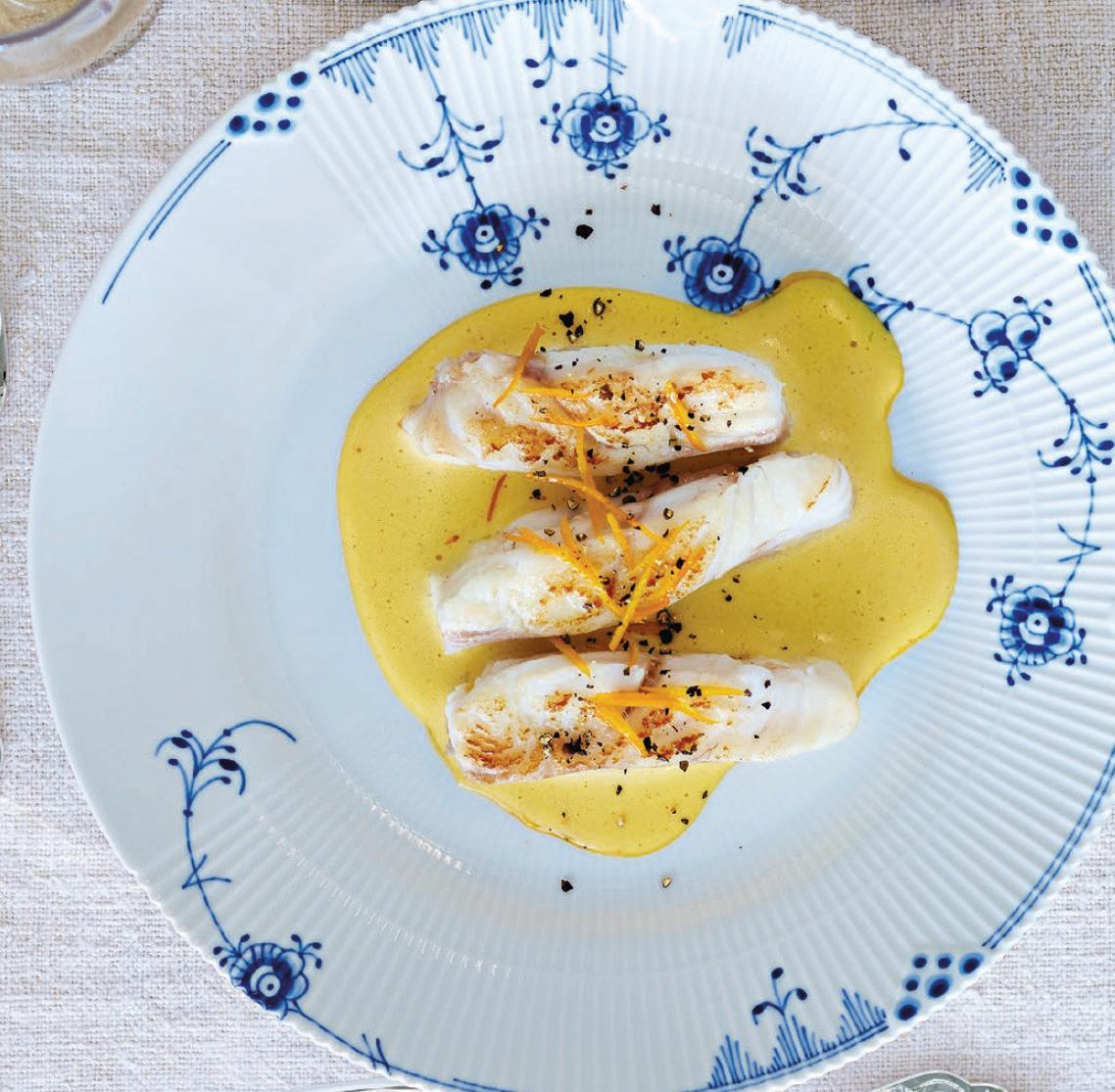
Turbot with Hollandaise Sauce
YIELDS 4 SERVINGS
INGREDIENTS
n 2 turbot steaks (about 1 lb. each and 1¼–1½ inches thick), unboned and skin on n salt and crushed pepper n 2 Tbs. olive oil FOR THE HOLLANDAISE SAUCE: n 3 egg yolks n 2–3 Tbs. orange juice n salt and white pepper n 1¾ sticks butter, cold n tarragon or dill n ½ Tbs. julienned zest of an organic orange, to garnish
DIRECTIONS
Heat the oven to 425°F. Rinse the turbot steaks under cold water and carefully pat them dry. Cut off the cartilage ends. Season both sides with salt and pepper.
Heat the oil in a large ovenproof, nonstick skillet over high heat, then reduce the heat to medium. Add the fish and fry about 4½ minutes without moving the steaks, until they start to turn brown. Turn the steaks over. Finish cooking 9–10 minutes on the middle rack in the oven.
To make the hollandaise sauce, heat a water bath to boiling, then reduce the heat. Put the egg yolks, orange juice, and a little salt and white pepper into a small saucepan and stir until smooth.
Place the pan over the water bath and beat until you have a foamy mixture.
Chop the butter and add, a few pieces at a time, beating constantly. The sauce should have a creamy consistency. Tear or chop tarragon or dill, then stir it in.
Skin the fish on both sides and lift the fillets off the bones. Serve with sauce hollandaise and garnish with orange zest, and herbs, if desired.
TIP: If the hollandaise turns out too thick, add 1–2 tablespoons warm orange juice.
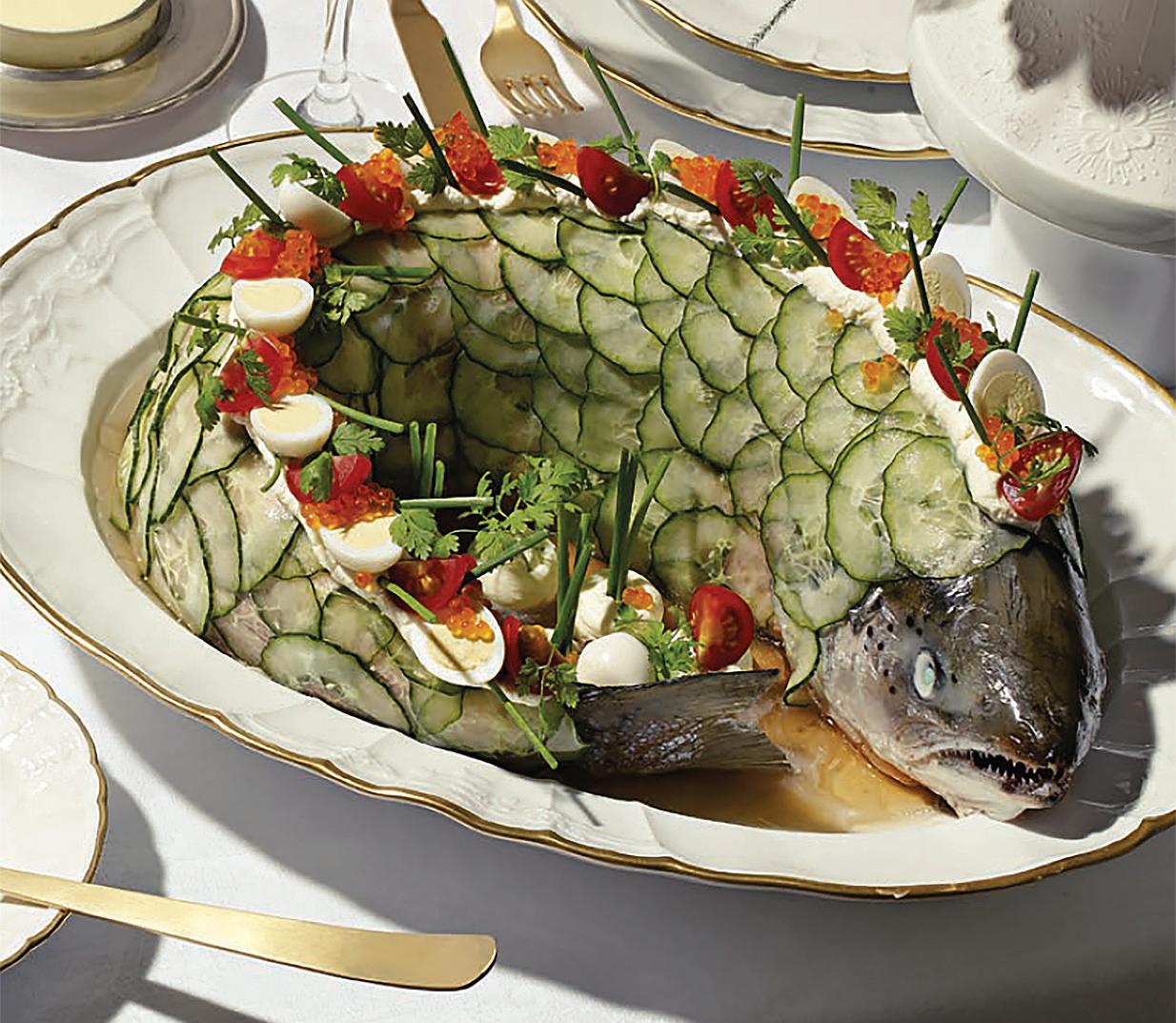

Norwegian Salmon with Quail Eggs (Saumon de Norvége en Bellevue)
YIELDS 8 SERVINGS
INGREDIENTS:
n 1 fresh salmon with skin (gutted, gilled and scaled; about 2½ lb.) n salt and black pepper n 3 sprigs thyme n 3 slices organic lemon n 3 leaves white gelatin n 1 cup fish stock n 1 cucumber n 1¼ cups crème fraiche n 7 oz. whipping cream FOR THE GARNISH: n 20 hard-boiled quail egg n 4 Tbs.. trout caviar n 10 cherry tomatoes n 2 handfuls fresh herbs, such as chervil, dill and chives
DIRECTIONS:
Heat the oven to 300° F. Rinse the salmon inside and out under cold water and pat dry. Season the inside of the belly with salt and pepper, then place the thyme and the lemon slices inside. Place the salmon on a cookie sheet lined with parchment paper. Bend the tail toward the head, tying it in position with kitchen string. Cover the cookie sheet with aluminum foil and roast the salmon for 70–90 minutes.
Remove the cookie sheet from the oven and leave the salmon to cool. Pull off and discard the skin. Soak the gelatin minutes in cold water for five minutes. Heat the fish stock until it simmers, but do not let it boil. Squeeze out the gelatin, then add to the fish stock and stir until it dissolves. Leave to cool a little. Wash the cucumber, then slice very thinly on a mandoline, or use a vegetable slicer. Brush the fish with the fish stock (you might have to heat it so it can be brushed; do not boil), then cover with cucumber slices and also brush with the fish stock. Cover loosely and chill until the gelatin sets.
Just before serving, season the crème fraîche and whipping cream with salt and pepper and beat together until stiff. Transfer the whipped cream mixture to a pastry bag with a star tip and use to decorate the fish. Garnish with the quail eggs, trout caviar, cherry tomatoes and herbs.
John F. Kennedy
It was June 25, 1963, the third day of President John F. Kennedy’s visit to West Germany. The West Germans— grateful for the care packages and development aid the Americans had provided after World War II, and full of admiration for the young, dynamic politician, who brought hope to the Western world—had been showering him with love and affection from his very first day. He was something of a global superstar; he’d been expecting, even factoring in, the jubilation. This trip was followed by 700 reporters from all over the world. They recorded Kennedy’s every comment, every gesture, analyzing and reading much into whose hand was shaken and for how long.
Kennedy’s wife Jackie, heavily pregnant, had stayed at home, and the President was accompanied by his sister, Eunice Shriver. Jackie’s sister, Caroline Lee, who was married to a Polish prince, had also been invited to the reception being hosted by Kennedy for Adenauer at the American Club of the United States Embassy in Bonn on June 24. She wanted to get her hair done beforehand—on a Monday, of all days! The embassy finally managed to find a hairdresser open in Düsseldorf, and she was flown there by helicopter. The exquisite, European-inspired dinner menu was a reflection of the way the Kennedys held court back in Washington. It included Norwegian salmon à la Bellevue, tournedos à la Henri IV and chilled Grand Marnier soufflés. This whole salmon, garnished with wafer-thin cucumber slices and halved quail eggs, made for a light and refreshing change from the traditional Rhineland cuisine usually eaten by Bonn’s politicians.
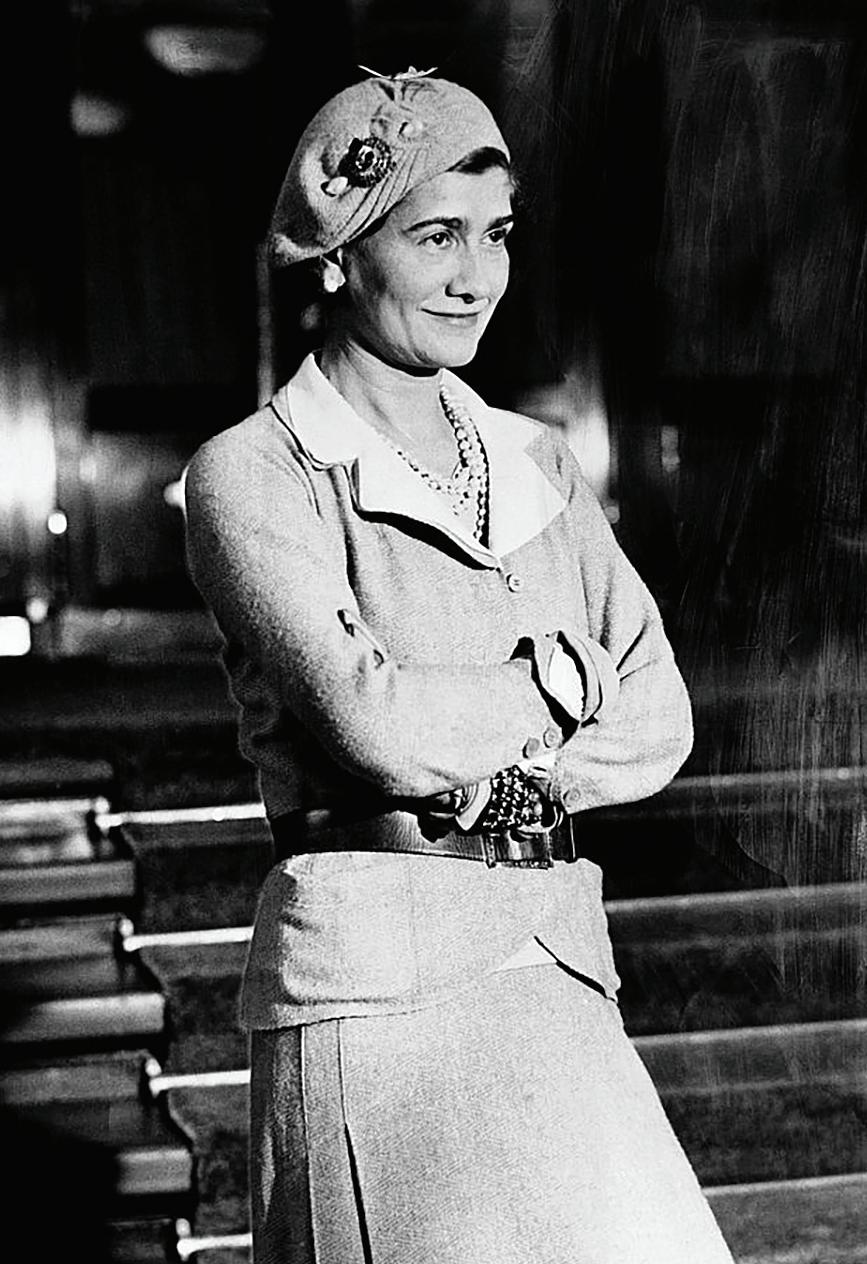
Coco Chanel
In 1928, fashion designer Coco Chanel bought a piece of land on the Côte d’Azur and had the La Pausa villa built on it, which became a swanky, relaxed retreat for herself, all her friends and her lover, the Duke of Westminster. Lazy days were spent surrounded by fragrant lavender, with lunch served as a buffet—a modern sensation at the time.
Meals at La Pausa were the antithesis to the dinner parties at Eaton Hall, the duke’s enormous main residence in Cheshire, in the English countryside, at which up to 60 guests would regularly be pampered and entertained by a legion of liveried servants. The motto? It’s all about relaxation! There was never a strict menu; instead, guests served themselves from a large buffet, eating as much or as little of whatever they wanted, however they wanted. Plates were filled with chops, steaks, poultry and roast beef, along with lots of vegetables and salads.
Chanel was always the last to arrive, wearing black velvet pants, her pink satin pajamas just showing underneath. She would couple this with a sweater and pearls. There was no dress code at La Pausa. Some got dressed up for the meal— some didn’t. Chanel would grab a plate of salad, sit down, entertain her guests magnificently for as long as she felt like it—then leave once she grew tired. La Pausa soon became a legendary place for high society to gather, with Chanel inviting the world into her home, including, among others, Jean Cocteau, Salvador Dalí and friends of the duke, such as Winston Churchill, so her lover could relax too.
Years after the end of the affair—the pair’s love gradually faded, with the duke traveling less and less frequently to the French Riviera refuge—Chanel sold La Pausa. In 2015, the Chanel fashion house bought the villa to restore it to its original condition. Today it is used to display jewelry to potential wealthy buyers.
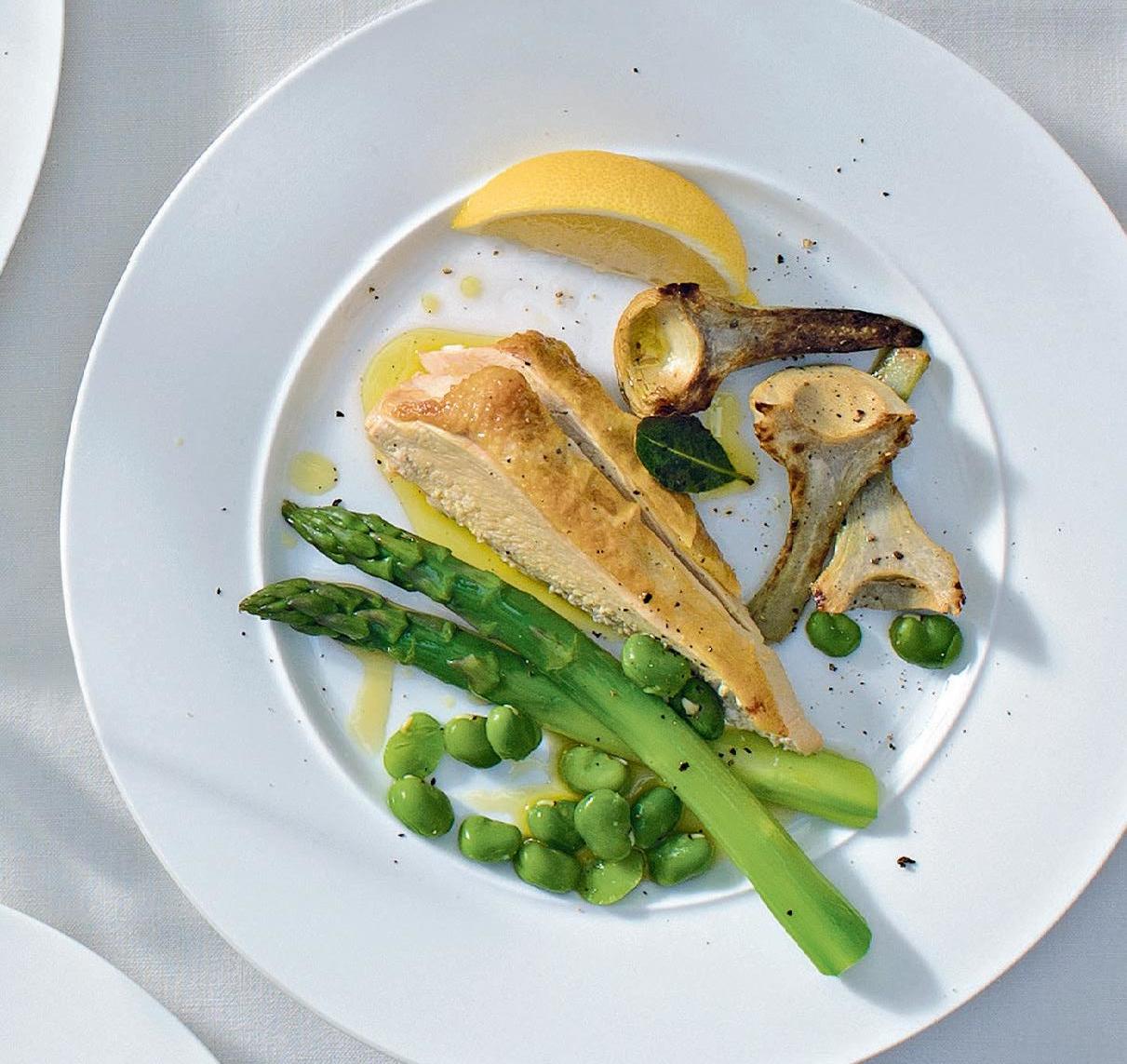
Fried Chicken with Asparagus, Artichokes, and Fava Beans
SERVES 6-8
INGREDIENTS
n 12 small artichokes juice of ½ lemon n 10 oz. podded fava beans n 3 double chicken breasts, with bones and unskinned n salt and pepper n 6 Tbs. olive oil n 3 sprigs rosemary n 2 garlic cloves n 3 bay leaves n 7 oz. chicken broth n 2 bundles green asparagus n 2 organic lemons n 6–8 Tbs. good-quality olive oil
DIRECTIONS
With a serrated knife, cut off the artichoke stems 1¼ inch above the bottoms. Remove the outermost leaves and cut off the tips of the remaining leaves to ½ inch above the bottoms. Using a small, sharp paring knife, cut out any woody parts. Halve each trimmed artichoke and remove the hairy chokes with a small knife or melon baller. Immediately plunge the prepared artichoke halves in a bowl of cold water and lemon juice.
Heat the oven to 325°F (convection ovens 300°F). Blanch the fava beans in a saucepan with plenty of boiling water 1 minute, then drain, rinse under cold water, and drain again.
With your fingers, open the skins at one point and gently squeeze out the beans.
Season the chicken breasts with salt and pepper on both sides. In a large nonstick, ovenproof skillet, heat 3 tablespoons olive oil over medium heat. Add the breasts and fry 3 minutes on each breast side. Use two skillets, if necessary. Turn the chicken breasts onto their bone sides and add the rosemary. Transfer the skillet(s) to the oven and roast the chicken breasts 30–35 minutes until tender.
Meanwhile, take the artichokes out of the water and pat dry. Heat the remaining oil in a wide skillet over medium-low heat. Add the artichokes and fry 2 minutes, then season with salt and pepper. Lightly crush the garlic cloves. Add them to the skillet together with the bay leaves and the chicken broth. Continue cooking the artichokes, turning them occasionally, until tender and the liquid has almost cooked away.
Cut off about ¾ inch at the bottom of the asparagus stalks, then peel the bottom third. Bring plenty of salted water to a boil in a large saucepan. Add the asparagus and blanch 3 minutes. Lift the asparagus out of the pan and drain.
Wash and rub dry the lemons, then cut them into wedges.
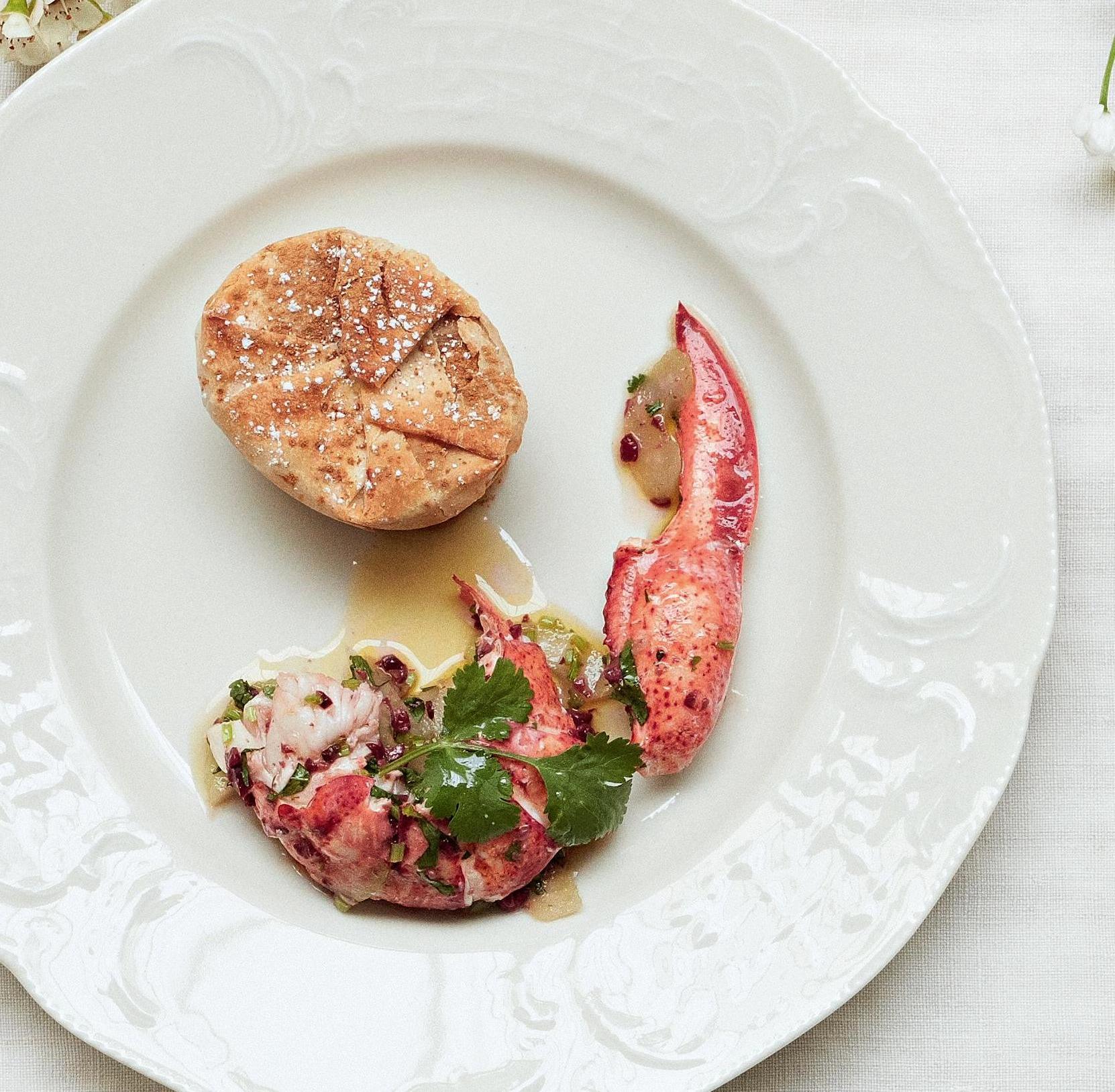

Lobster in Celery Vinaigrette
YIELDS 4 SERVINGS
INGREDIENTS:
n 3 Tbs. white wine vinegar n 3 Tbs. kosher salt n 2 live lobsters, 1 lb. 2 oz.–1 lb. 5 oz. each FOR THE VINAIGRETTE: n 4 celery sticks n 2 Tbs. Taggiasca (Cailletier) olives n a handful fresh cilantro, leaves and stems n juice of 1 lemon, about 3 Tbs. n salt and pepper n 3 Tbs. good-quality olive oil
DIRECTIONS:
Fill a very large saucepan with water until just below the rim and bring to a rolling boil. Add the vinegar and the kosher salt. Add the lobsters, one at a time, and cook five minutes. Lift out with tongs and leave to cool.
To dissect the lobsters, separate the claws from the bodies by pulling them down and twisting, then pulling them off. Separate the heads from the tails. On a cutting board, press the lobster tails flat, then, using a heavy, sharp knife, halve them in the middle. Remove the intestine.
Release the flesh in the claws by gently bending the small sections of the claws down, then pushing them back and carefully pulling out the meat together with the feathery cartilage. If you bend the sections too far back, the feathery cartilage will get stuck in the meat and will have to be removed later with a knife. Tap the shell with a big knife sharply, but not too heavily, so you can open the shell and get out the meat in one piece. Now crack the leg shells and remove the meat.
To make the vinaigrette, wash and peel the celery, then cut into paper-thin slices. Pit and very finely chop the olives. Wash and spin-dry the cilantro, then finely chop. Stir together the lemon juice and the salt and pepper, then gradually whisk in the olive oil. Stir in the prepared ingredients. Add the lobster and marinate at least 30 minutes in the vinaigrette.
Grace Kelly
There had never been a more spectacular media event than the wedding of Hollywood actress Grace Kelly and Rainier III, the prince of Monaco. From the bride’s arrival to the dress to the cake, every detail was carefully choreographed. To this day, wedding planners, tailors and pastry chefs still receive requests from clients wanting to “have a wedding like Grace’s.”
Six hundred guests gathered in the Cathédrale NotreDame-Immaculée de Monaco at around 9:30 a.m. on April 19, 1956, before the bride, accompanied by her father, finally entered the church to organ music. There had been much speculation about her dress in the newspapers, and it didn’t disappoint: a creation of several hundred yards of silk, taffeta, and 125-year-old Brussels lace, embroidered with thousands of pearls. The bell-shaped silk skirt below the tight-fitting waist, supported by three petticoats, billowed out around her like a giant, soft cushion.
The pair exchanged vows in French, in front of thirty million viewers worldwide. Awaiting the bridal couple and their guests after the ceremony was the lunch feast at the palace, consisting of a buffet of caviar, salmon, cucumber salad, shrimp, chilled lobster, eggs in aspic, chicken and champagne. Rainier used his sword to cut the cake—a masterpiece baked by the pastry chef at the Hôtel de Paris. Six tiers high and weighing more than 440 pounds, it was modeled on Monaco’s castle, decorated with sugary recreations of scenes from Monegasque history. On top stood two cherubs, who held up the crown of Monaco.
The marriage was a reasonably happy one, and they had three children. In 1982, however, the story came to an abrupt end when Grace succumbed to her injuries following a car accident. Her daughter survived. The couple’s magnificent wedding ceremony, however, continues to act as a blueprint and inspiration for fairy-tale weddings to this day.
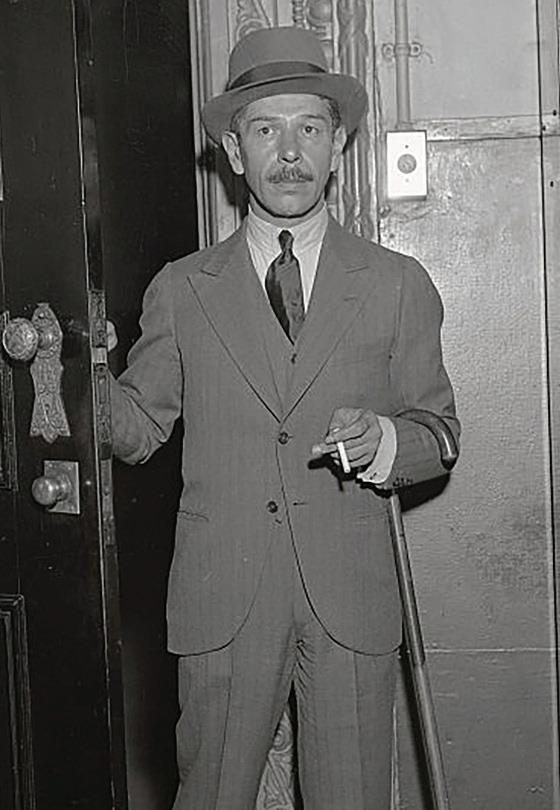
Michael Romanoff
One fine day in December 1940, Hollywood’s biggest stars received the following elaborately worded invitation: “I am commanded by His Imperial Highness Prince Michael Alexandrovich Dimitri Obolensky-Romanoff to request your presence at a soirée he is giving in his own honor. Cover fifty dollars. Bring your own wine, and kindly fee the waiter. Harry Gerguson, Comptroller to the Imperial household.” Stars and starlets, directors, film producers and the media flocked to accept the rather brazen invitation to open Romanoff’s restaurant, in Beverly Hills. They drank the wine they had brought themselves, and dutifully paid the eye-watering price for the first two courses.
Located on what was then a rather sleepy Rodeo Drive, Romanoff’s became the new “in” place for Hollywood’s high society from day one. Images of illustrious personalities, including many portraits of the host himself, hung on the colorfully papered walls. Elegant booth areas were reserved for regular patrons near the bar, and the menu also catered perfectly to guest tastes, with steaks and turkey proving particularly popular. The restaurant became known for its chocolate soufflé and the Strawberries Romanoff dessert, for which the berries are soaked in orange-flavored liqueur and served with soft-serve vanilla ice cream and whipped cream. The Pasta à la Romanoff, with its green asparagus and strawberries, also became an instant classic.
Frank Sinatra, Sammy Davis Jr., Dean Martin, Shirley MacLaine, Alfred Hitchcock, Marilyn Monroe, Joan Crawford, Sophia Loren and Jayne Mansfield were frequent guests. But the restaurant’s heyday began to wane in the late 1950s. And on New Year’s Eve 1962, Prince Michael Romanoff of Russia opened his doors for the last time. His restaurant sold for a handsome sum, allowing the restauranteur to retire with honestly earned gains.
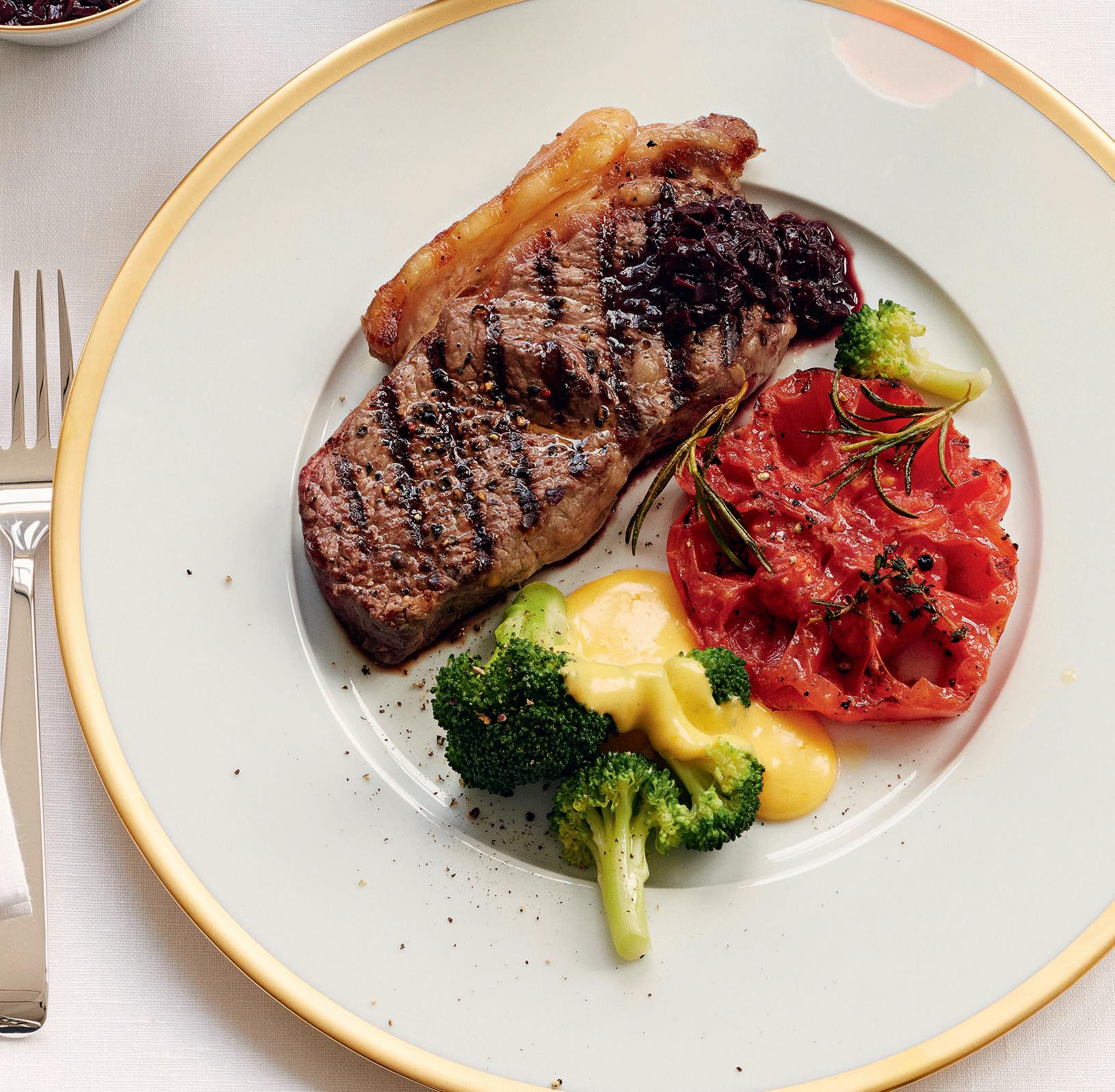
New York Cut Steak
YIELDS 4 SERVINGS
INGREDIENTS:
FOR THE BORDELAISE SAUCE: n 4 shallots n 2 Tbs. butter, chilled n 1 Tbs. granulated sugar n 2 Tbs. light soy sauce n 1 quart full-bodied red wine, such as Merlot n 7 oz. beef broth FOR THE BROCCOLI: n 5 black peppercorns n 1 shallot n 1 Tbs. white wine vinegar n 7 oz. dry white wine n ½ tsp. granulated sugar n 2¼ sticks butter n 4 egg yolks n salt n dash lemon juice n 9 oz. broccoli FOR THE GRILLED TOMATOES: n 2 ox-heart tomatoes n ½ sprig rosemary n 2 sprigs thyme n 1 Tbs. olive oil n salt and pepper FOR THE STEAKS: n 4 Manhattan (rump) steaks, about 7 oz. each n salt and pepper
DIRECTIONS:
To make the Bordelaise sauce, peel and finely chop the shallots. Melt one tablespoon of the butter in a skillet. Add the shallots and sauté until they are translucent. Add the sugar and let it dissolve and caramelize slightly. Stir in the soy sauce and 1 cup of the red wine. Simmer until the wine has almost completely cooked away, then add the same amount again. Continue like this until all the red wine has been added.
Pour in the beef broth, then transfer the sauce to a small saucepan. To make the hollandaise sauce for the broccoli, crush the peppercorns. Peel and thinly slice the shallot. Put the white wine vinegar, white wine, sugar and crushed pepper into a small saucepan and bring to a boil. Cook to reduce by half, then strain through a fine strainer into a bowl suitable for a water bath, squeezing out the shallot.
Meanwhile, melt the butter in a small saucepan. Bring to a boil, then simmer over medium heat until the whey separates from the butterfat and collects at the bottom of the pan. Line a fine strainer with paper towels. Strain the butter—it should be goldenyellow and clear. Add the egg yolks to the white wine reduction, which should be warm but not hot, and briefly whisk with a handheld mixer or with a whisk. Place the bowl onto a not-too-hot water bath and continue whisking until the egg yolks start to bind and set as they are heated. Now take the bowl off the water bath, and continue to whisk. Work in the warm, liquid clarified butter, at first drop by drop, then in a thin stream, whisking continuously.
Season the sauce with a little salt and lemon juice. Keep warm until you are serving, ideally over the water bath; the water bath should not boil again. Divide the broccoli into florets. Add to a saucepan of boiling salted water and boil 2 minutes, then drain and keep warm.
Wash and pat dry the tomatoes, then halve them crosswise. Pull rosemary needles and thyme leaves off the sprigs and finely chop them. Brush the cut surfaces of the tomatoes with the olive oil, then sprinkle them with the chopped herbs and pepper. Place the tomatoes with their cut sides down onto a hot grill or into a chargrill pan until the grill pattern is burned into the tomatoes’ cut sides. Turn the tomatoes over, sprinkle with salt and keep warm.
Season the steaks with salt and coarsely ground pepper, place them onto the hot grill or into a chargrill pan, and cook 3–4 minutes on each side. Just before serving, bring the Bordelaise sauce to a boil and whisk in the cold butter. Make sure you always stir the sauce in the same direction, because this allows the butter to emulsify better.
Transfer the steaks to four plates and spoon the bordelaise sauce over. Place a grilled tomato next to each steak. Add the broccoli to the plates with the hollandaise sauce spooned over.
on the town
SO LONG, LEGGINGS AND JOGGERS. THE RETURN TO NORMAL MEANS THE RETURN TO FASHION THAT FEELS AND LOOKS GOOD.
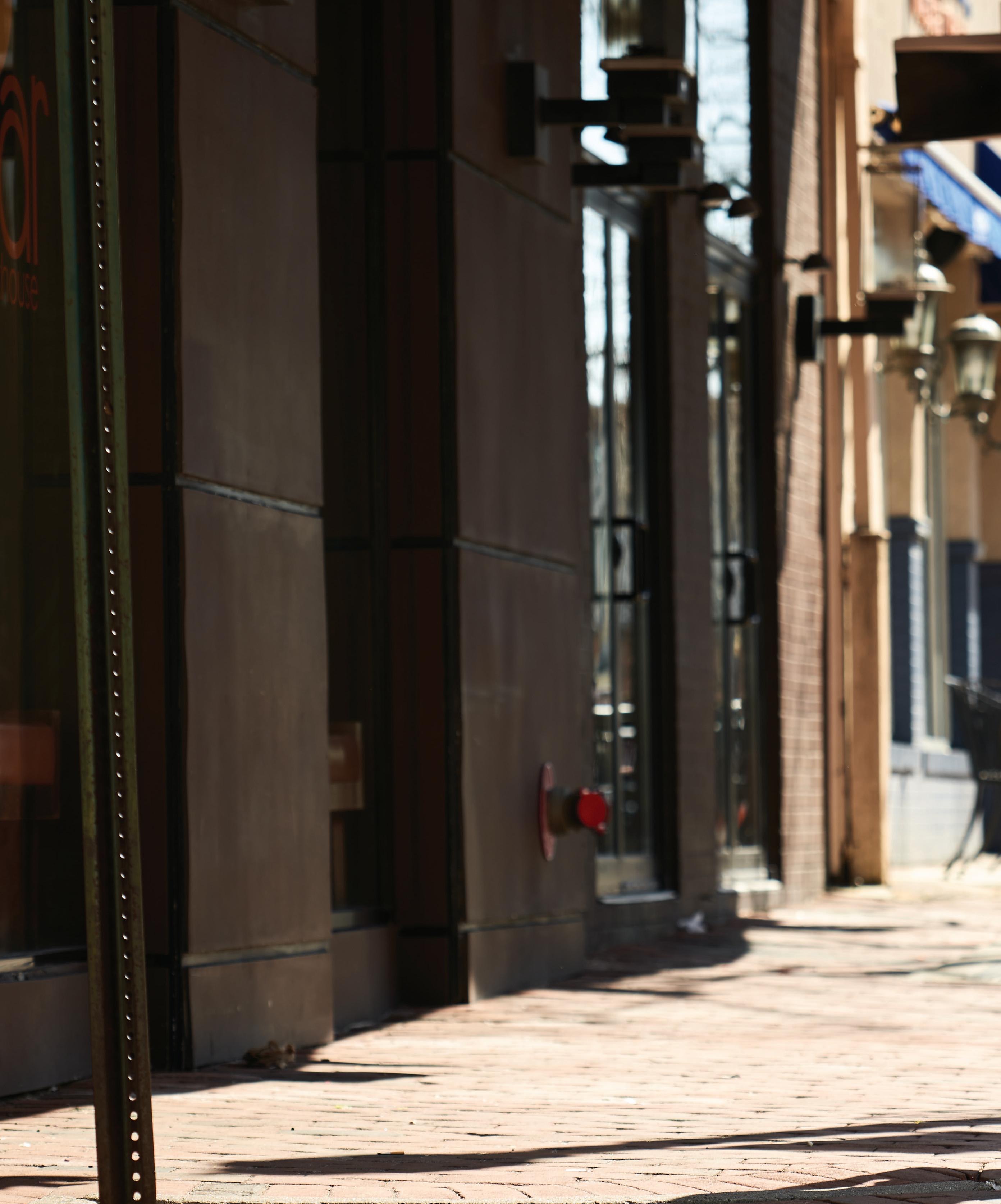
Photography by Michael Cogliantry Photographed on location in Downtown Red Bank
On her: dress by Zimmermann, shoes by Gianvito Rossi. On him: jacket, vest, shirt, jeans and sneakers by Brunello Cucinelli.
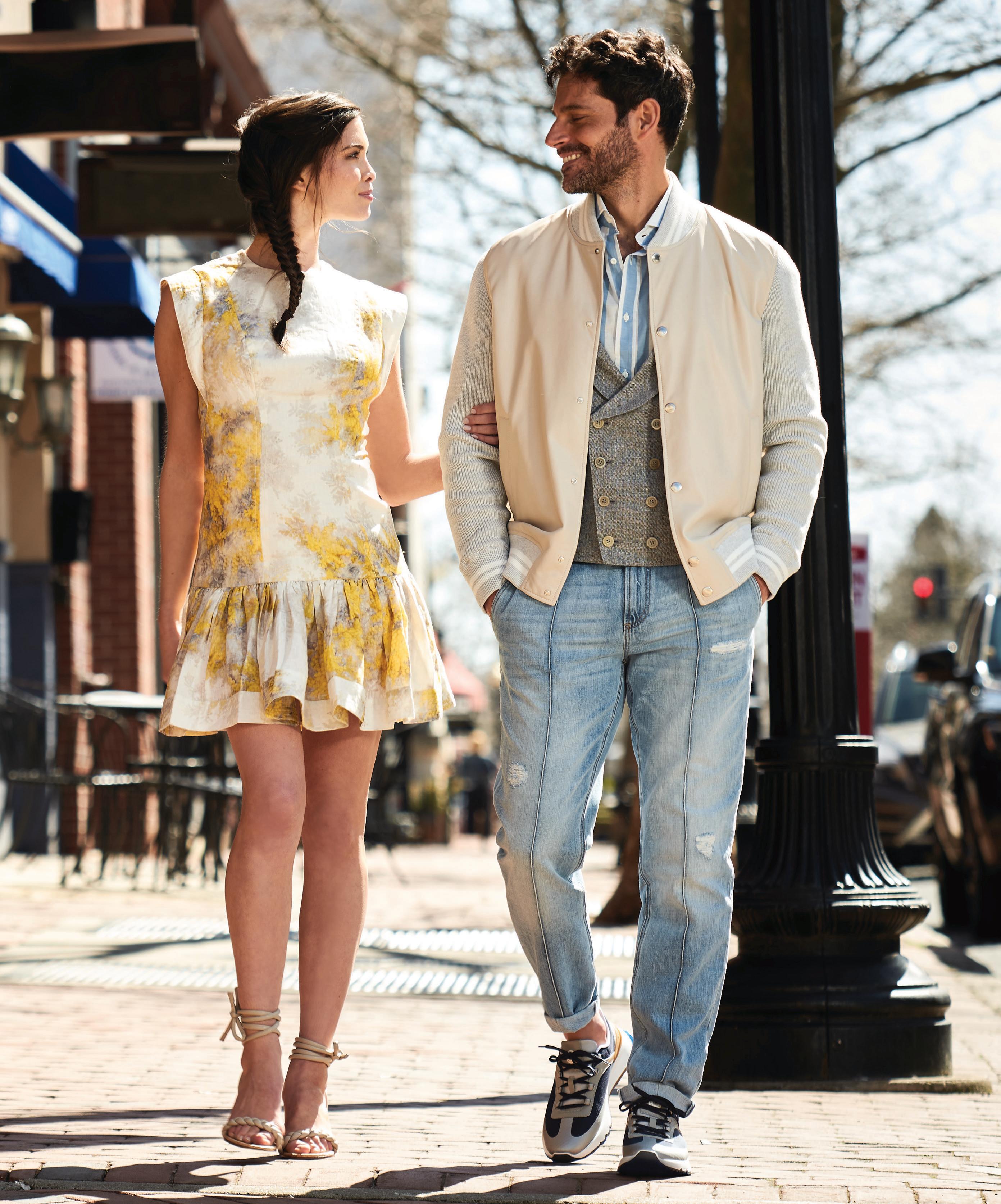
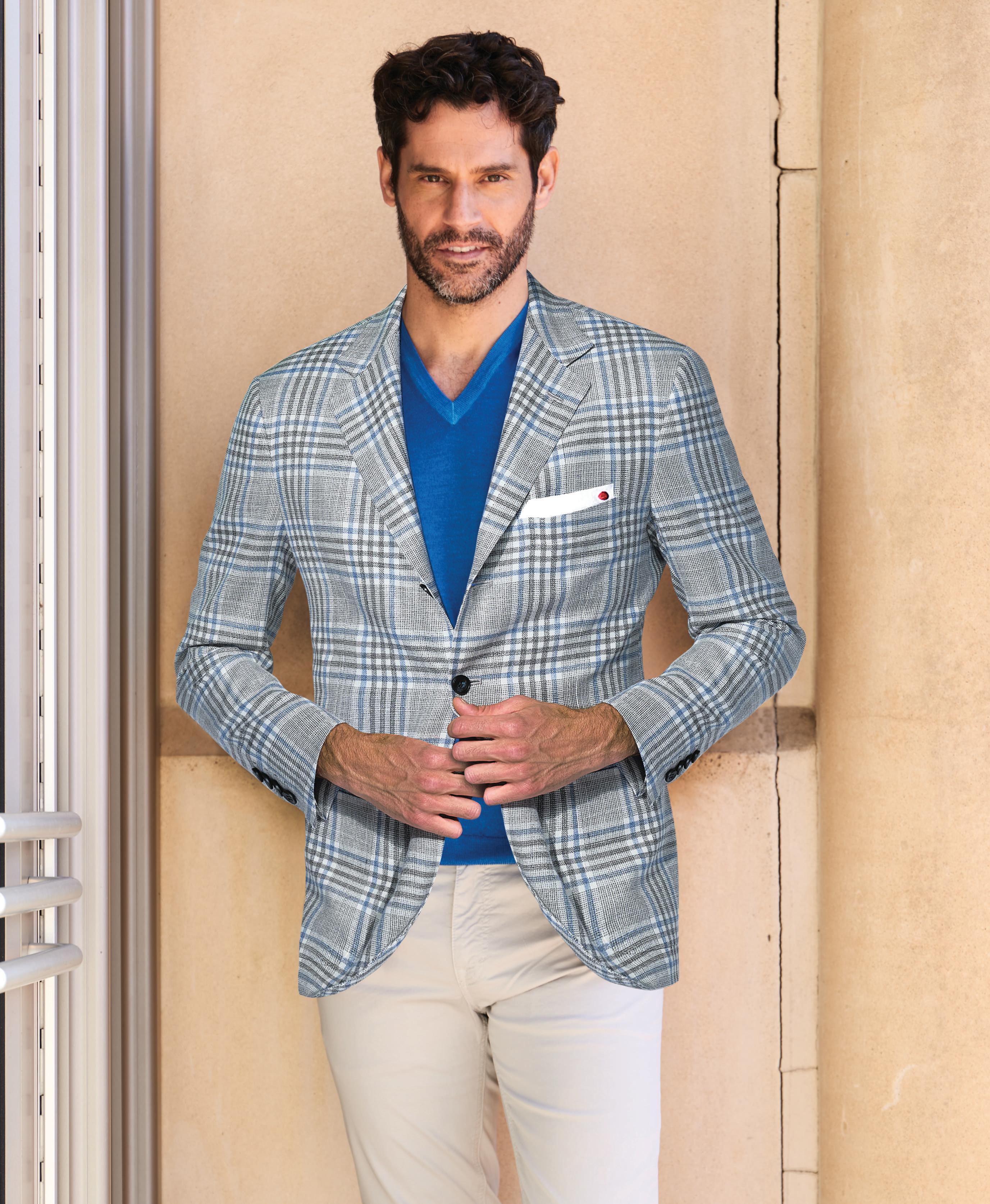
This page: jacket and sneakers by Golden Goose, hoodie and shorts by Jonathan Simkhai. Opposite page: sportcoat and pocket square by Kiton, sweater by Drumohr, pants by Garmany.

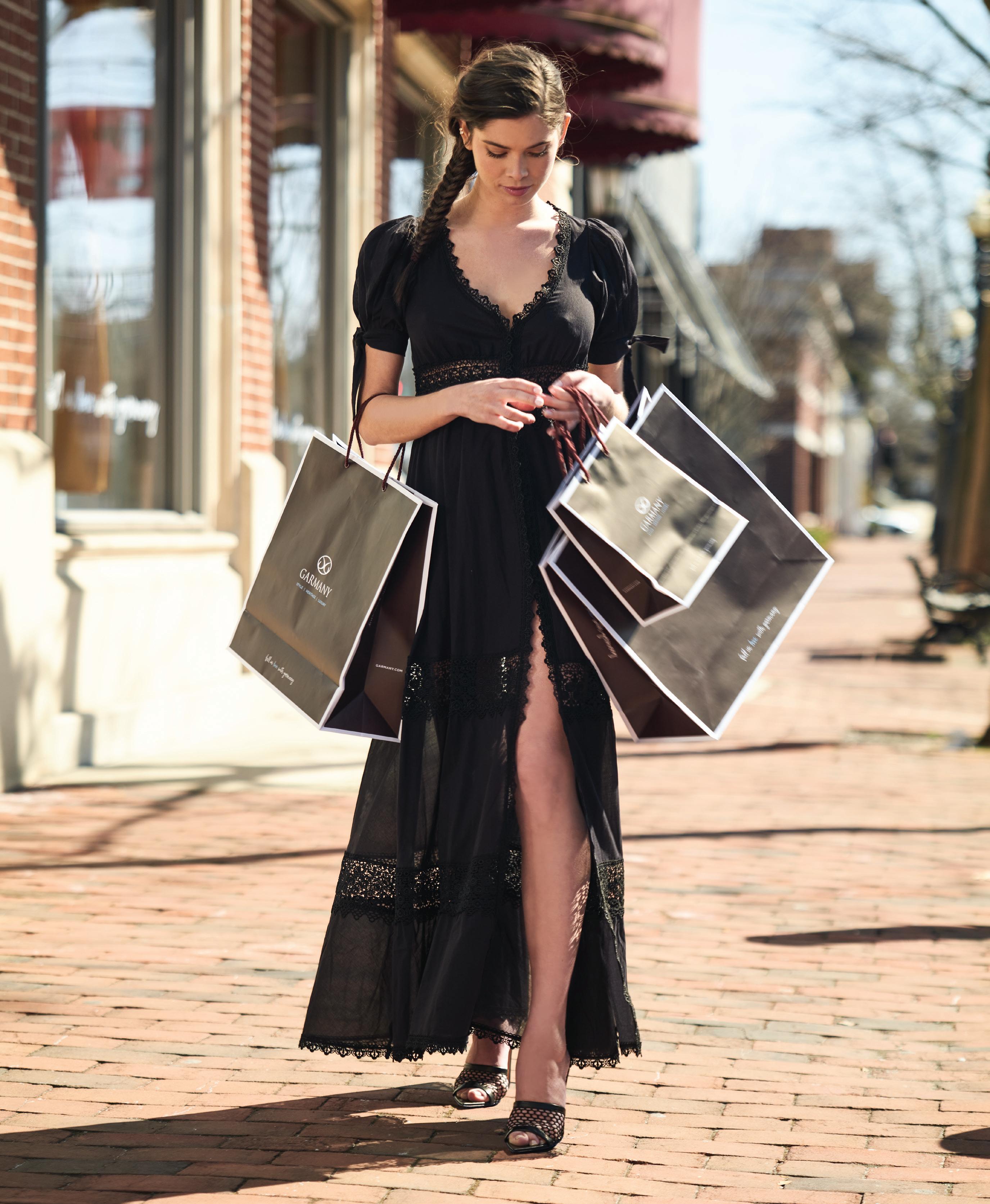
This page: dress by Charo Ruiz, shoes by Gianvito Rossi. Opposite page: sweater by Autumn Cashmere, pants by Marco Pescarolo. Jacket and shoes: inquire at Garmany.
